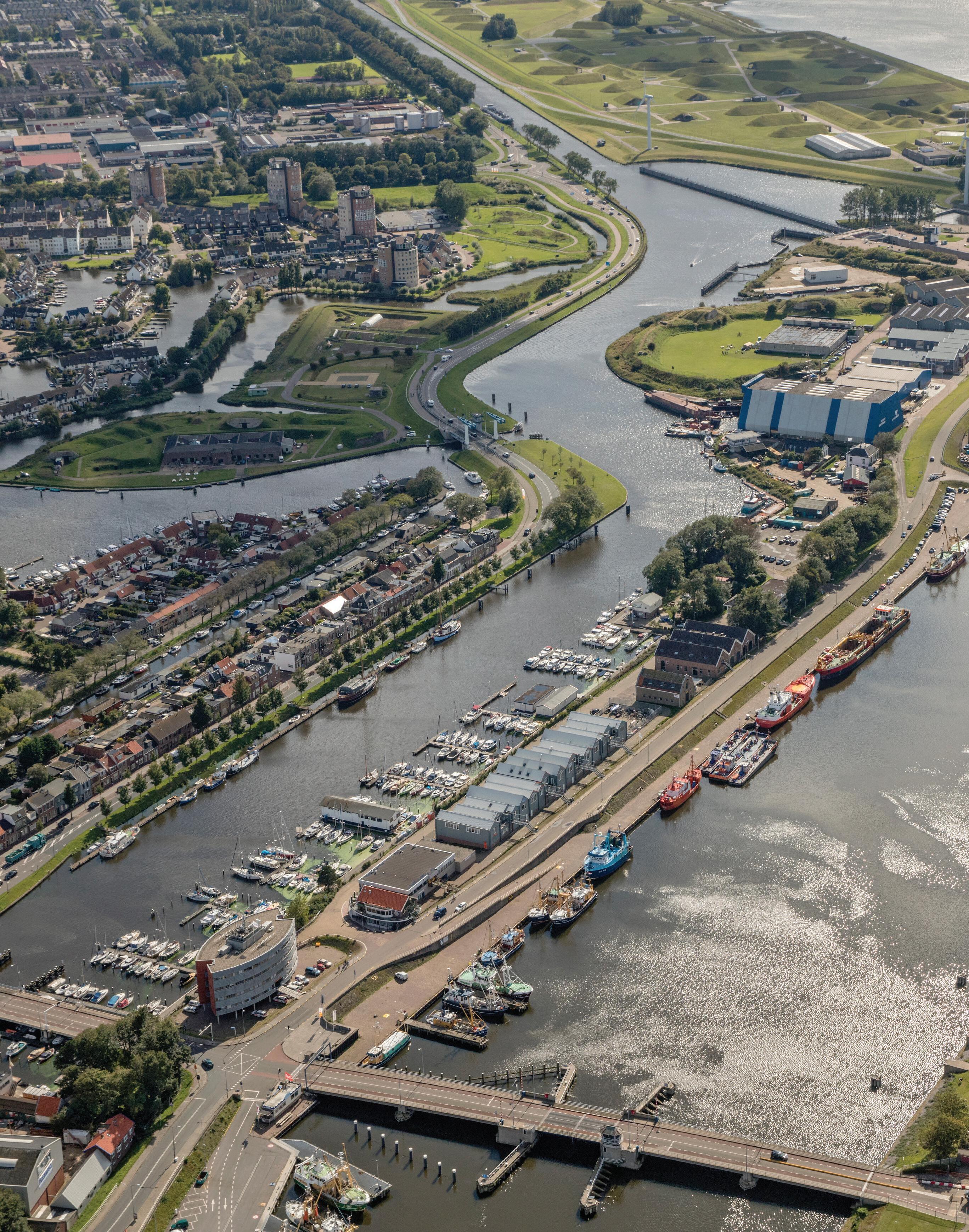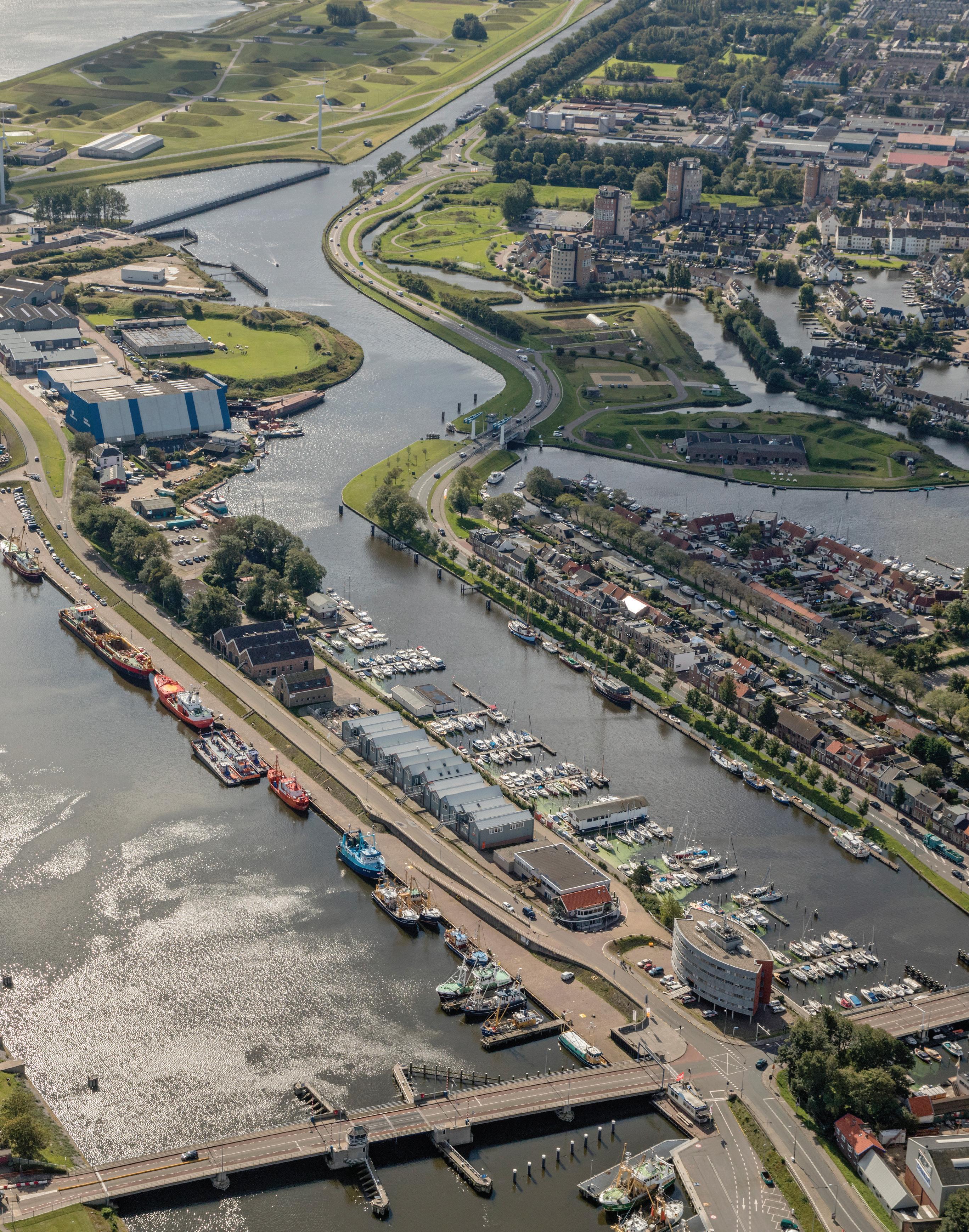

Exciting engineering
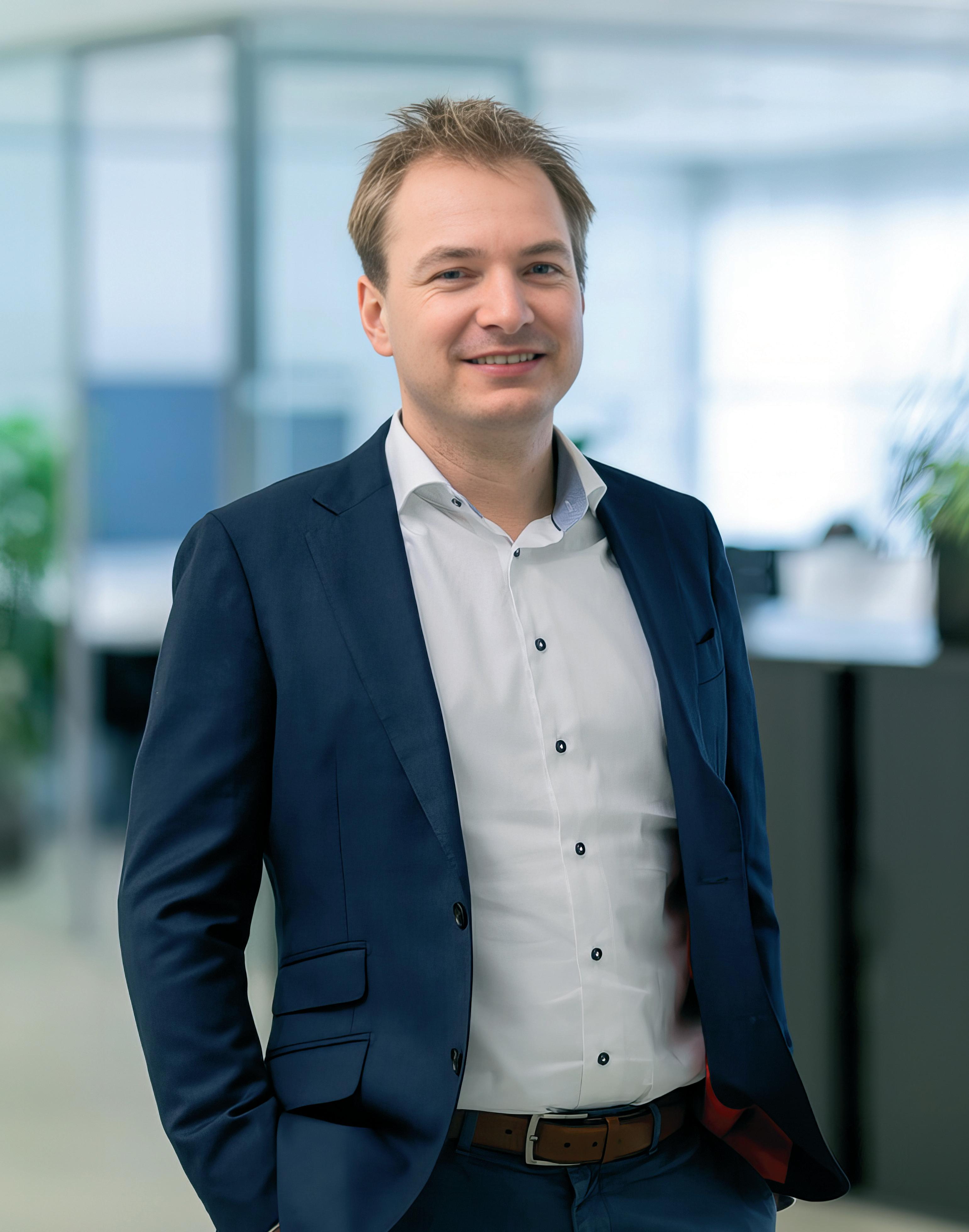
We are facing major global challenges. The energy transition is under pressure and appears to be losing momentum, climate change is becoming increasingly apparent, and geopolitical tensions are on the rise. Europe is coming to the realisation that we need to become more self-reliant and reduce our dependencies. We are witnessing an increased investment in defence, energy supply, and infrastructure. Issues that are at the very heart of what Iv is committed to. Through high-quality engineering, we deliver feasible solutions that are crucial to society. For us, this is Engineering that excites. And that is exactly what this edition of Ivormatie is all about.
In this issue, we showcase the breadth and depth of our contribution to complex societal challenges. You can read all about our innovative design for a floating HVAC substation. Enormous wind energy potential lies further offshore, but it can only be harnessed if the energy can be brought ashore. Our floating HVAC substation enables wind farms in deep waters to connect reliably and cost-effectively to the grid with minimal energy losses and no spiralling costs.
We also provide insight into the dike reinforcement of the Havendijk in Den Helder; one of the projects within the High Water Protection Programme (Hoogwaterbeschermingsprogramma, HWBP). This programme is crucial for safeguarding the Netherlands against flooding. While a traditional dike reinforcement project for a primary flood defence typically takes around eight years from exploration to completion, this project opted to allocate only half the time for exploration and the plan development phases.
And then there's the looming shortage of drinking water. Drinking water companies are sounding the alarm, and the media is also reporting on this issue with increasing regularity. Vitens, the largest drinking water company in the Netherlands, describes the situation as critical. The company is currently working on a major project to increase the capacity of the drinking water supply in Overijssel and improve water quality. Iv provided the engineering for this project.
Each of these projects is highly complex. Solutions are not easily found. They require creativity, collaboration, and highly specialised knowledge. At Iv, we are eager to tackle these kinds of challenges.
I hope you enjoy reading this edition of our Ivormatie magazine.
Maarten van de Waal CEO
Volume 39, No. 1, July 2025
Editorial Staff
Iv, Corporate Development & Marketing department
Ivormatie
A publication of Iv
Editorial Office
Iv P.O. Box 1155
3350 CD Papendrecht
The Netherlands marketing@iv.nl www.iv.nl
Unsubscribe
Would you prefer to receive Ivormatie digitally? Or do you want to unsubscribe?
Let us know via marketing@iv.nl.
Copyright © 2025 Iv. AII rights reserved. Reproduction in whole or in part requires written permission.
Pioneering the World's First Energy Island: The Princess Elisabeth Island
Vision-based rapid dike reinforcement: Havendijk, Den Helder
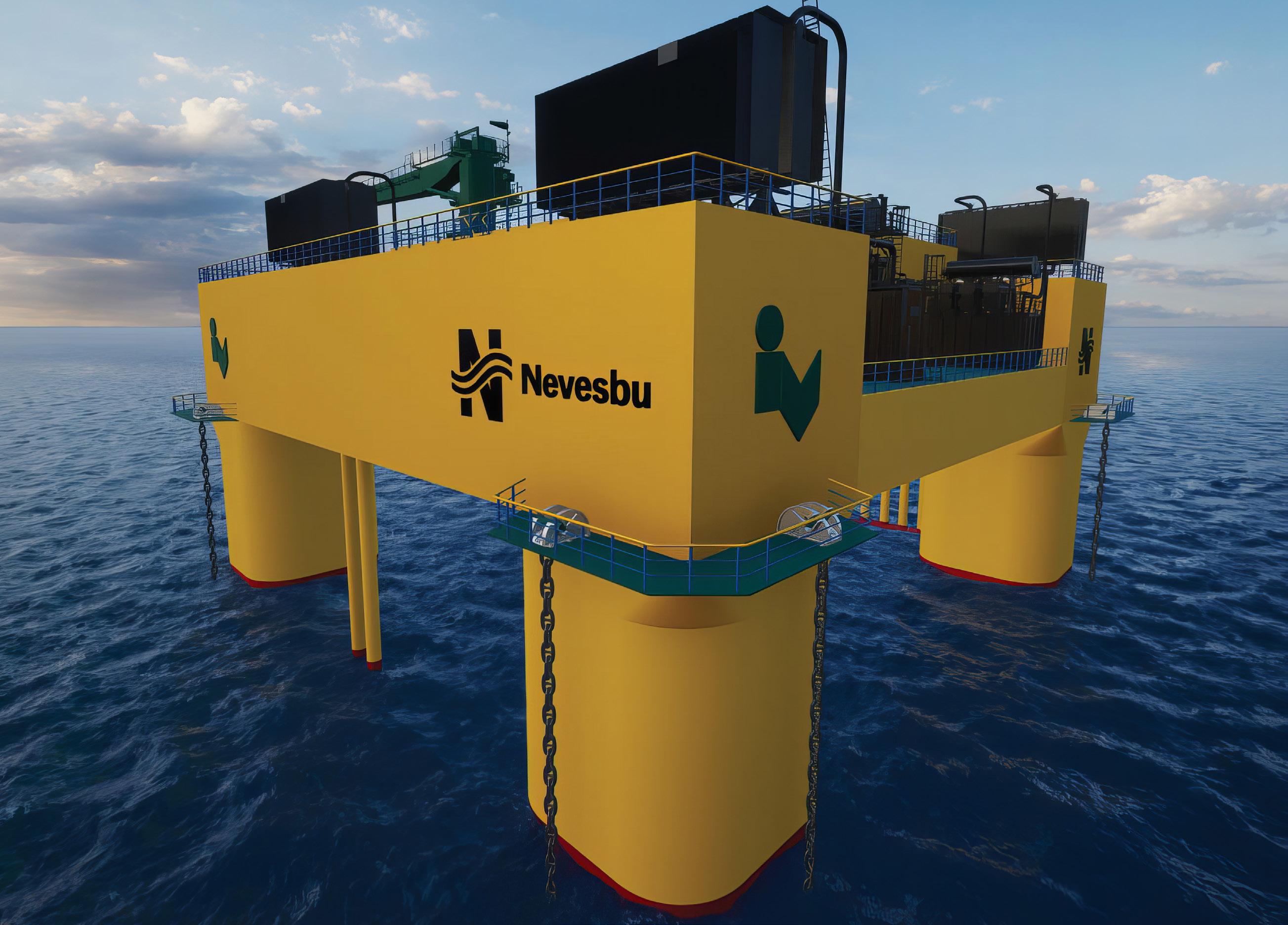
A floating HVAC substation concept
The vital link in deep-sea offshore wind development
How do you connect an offshore wind farm in deep waters to the grid, without costs spiralling out of control? This question is becoming increasingly urgent as shallow water areas become scarcer. Enormous wind energy potential lies further offshore, but it can only be harnessed if the energy can be brought ashore. Iv and Nevesbu are developing a floating HVAC (High Voltage Alternating Current) substation that can transport this energy to shore with minimal losses.
Designed for challenging conditions
The floating HVAC substation is designed for demanding offshore conditions and is suitable for water depths ranging from 400 to 1,500 metres. The substation has a capacity of 500 to 1000 MW and can float effortlessly for years on rough seas. This technology enables wind farms at great depths to be connected to the electricity grid. As such, it forms a crucial link in ensuring reliable delivery of renewable energy and accelerating the energy transition—not by 2050, but in the near term. Iv and Nevesbu expect to see the first floating HVAC substation operational before 2035. But how do we ensure the reliability and feasibility of this concept?
An innovation built on proven technology and decades of experience.
From fixed to floating substations
In developing this floating substation concept, Iv and Nevesbu draw on decades of experience in the offshore industry. As a result, we have a thorough understanding of the offshore conditions, requirements, and technical challenges that exist.
Iv has an extensive track record in designing fixed HVAC and HVDC substations in collaboration with construction yards. Recent examples include the 2GW platforms for TenneT, which Iv is designing for the GE-Seatrium consortium, and the HVAC substations for HSM and Smulders. This expertise is essential for making the transition to floating offshore substations.
Nevesbu has been designing floating structures such as FPSOs and naval vessels for 90 years – vessels that must operate in highly challenging offshore environments. Nevesbu has specialist knowledge of the motion behaviour of floating offshore structures, floaters
subjected to long-term dynamic loads, and the design and mooring of complex floating units. Combining this knowledge and experience results in a reliable, integrated solution that meets stringent operational requirements. This enables us to move towards floating substations and provide what the market and offshore wind developers require.
A reliable solution to scale up supply in the near term.
About the floating substation
The floating HVAC substation measures 50 by 50 metres, rises 40 metres above sea level, and weighs less than 10,000 tonnes. It houses two transformer units, each with a capacity of 500 MW, stepping up the voltage from the offshore wind turbines from 66 kV to 220 kV, transmitting it via cables to the onshore electricity grid. The switchgear on either side of the transformers protects components such as the cables and the transformers themselves, thereby ensuring maximum energy transfer to the shore. The substation is built on a semi-submersible base, which minimises motions even during stormy conditions at sea. Iv has been refining this proven principle over the past thirty years.
Are there alternatives?
Everything that floats experiences motions, especially further offshore, where depths exceed 400 metres, winds are consistently strong, and waves can reach up to ten metres. One could question whether a floating concept is viable, given that substation equipment is not typically designed to cope with this kind of motion. However, alternatives are not straightforward, and running cables from each wind turbine to shore is highly inefficient, causes excessive energy loss, and there simply isn’t enough space. Installing an
Alternating Current substation on the seabed may seem like an ideal solution in terms of stability; however, underwater conditions necessitate technical specifications that require further research. This is aside from the complexity involved in underwater installation and maintenance. Thus, a floating HVAC substation offers a realistic and cost-effective solution for scaling up offshore wind energy supply in the near term.
Technical challenges
Managing continuous motion is a challenge Iv and Nevesbu have been working on for over eight years. The key question is: what are the platform’s motions under high wind and wave conditions, and how do we address them?
A smart structure minimises the impact of acceleration and motion.
Cables and equipment
The challenge posed by platform motions lies in two key elements: the cables and the equipment. The cables, which consist of multiple layers of insulation and shielding around a copper core, must not suffer fatigue from the constant motion caused by the sea’s swell. It is also essential to prevent the cables from suffering from water ingress over time. Cables rated up to 245 kV are now certified for long-term dynamic loading. Equipment must also be able to withstand continuous motion. The mass on the platform accelerates and shifts. Equipment suppliers set strict requirements: ideally, a transformer should be stationary and firmly anchored to the ground or seabed. The heavy motion calls for new specifications and smart structural solutions to minimise the impact of motion and acceleration on the equipment.
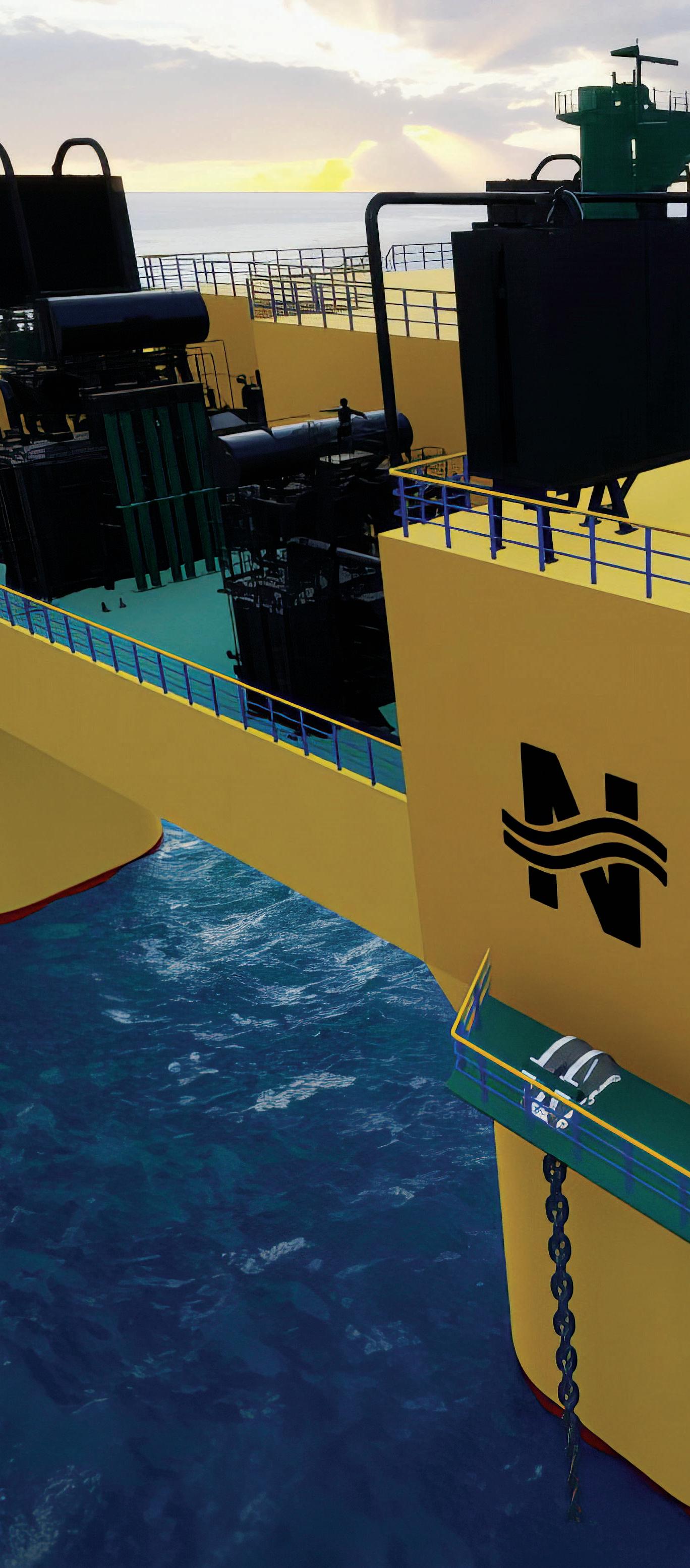
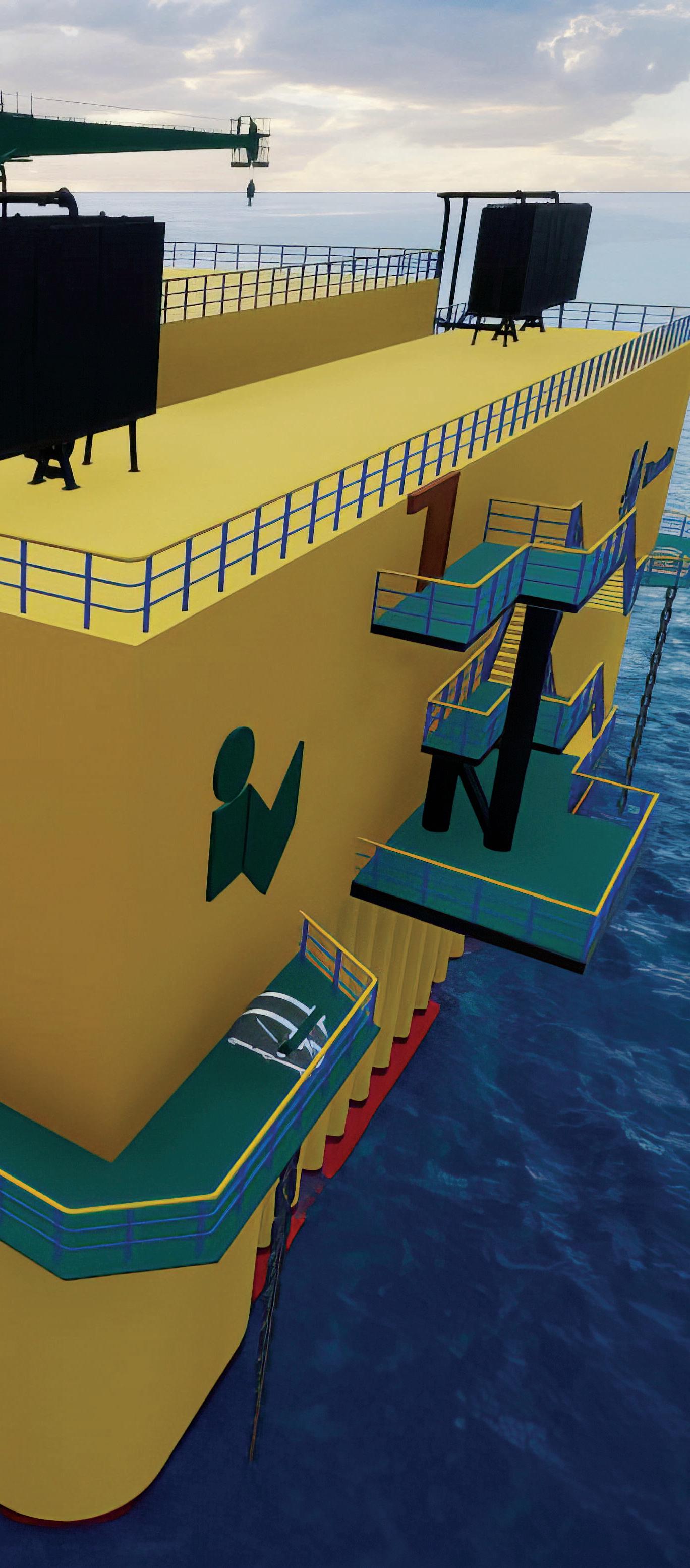
Ready for introduction
The current floating HVAC substation concept is designed for conditions found in the Mediterranean Sea. The design is based on a well-known and proven concept from the oil and gas industry, where semisubmersibles have been used as drilling platforms for over 40 years. Several have also been in use for around 20 years as production platforms that, like the HVAC platform, remain in place without returning to shore for maintenance. Nevesbu’s experience with semisubmersibles dates back to 1990. The electrical system is based on Iv’s twenty-plus years of experience with fixed HVAC and HVDC substations.
To accelerate the energy transition, we must keep innovating.
Utilising such a proven concept provides confidence that the design will perform as intended. Tailored to the specific requirements of HVAC equipment, it is ready to be adapted for other offshore environments.
Suitable locations
What are the ideal conditions for the floating HVAC substation? From a water depth of 400 metres, the floating substation becomes an attractive solution for offshore wind farms. The Mediterranean Sea, for instance off the coast of Italy, is highly suitable for this concept. So is the area west of Scotland, where wind speeds routinely exceed Beaufort force five. The sea off the Californian coast also offers a suitable climate, although current political conditions are less favourable.
We are ready to realise our floating HVAC substation concept.
HVAC and HVDC
Iv and Nevesbu previously worked on a similar substation using High Voltage Direct Current (HVDC). Theoretically, HVDC is more efficient for long distances due to less energy loss during transport. This HVDC concept, which is larger and more complex than the HVAC substation, has been tested for feasibility. Yet it remains a step too far for now in terms of both technology and financial viability. Two patented innovations have brought technical feasibility closer: one limits the motion of the export cable, and another enhances equipment stability on the floating platform.
HVAC is more feasible in the near term. Iv and Nevesbu are eager to push the energy transition forward. Offshore wind development cannot wait. The floating HVDC substation will continue to be developed, as its potential remains strong.
Taking the next step together
Despite setbacks from geopolitical developments, unclear policies, and rising costs, Europe’s climate ambitions remain high. By 2030, 60 GW of offshore wind capacity must be installed, and 300 GW by 2050. By the end of 2025, capacity is expected to reach 40 GW.
The challenge is to enable the energy transition for a growing population. Renewable energy sources require space, and that space is available in deeper seas with consistent wind. For Iv and Nevesbu, this is a unique opportunity to take the next big step in offshore wind development together with operators. We offer a reliable, innovative solution to the growing demand for offshore wind energy with our floating HVAC substation concept. We are ready to realise our concept and contribute to the rise of floating offshore wind. ●
Facts and figures
• Floating HVAC substation for offshore wind farms.
• Suitable for sea depths ranging from 400 to 1,500 meters.
• Transports offshore wind energy to shore with minimal transmission losses.
• Capacity: up to 1000 MW, divided over two transformer units.
• Dimensions: 50 x 50 meters.
• Weight: < 10.000 tonnes.
• Semi-submersible.
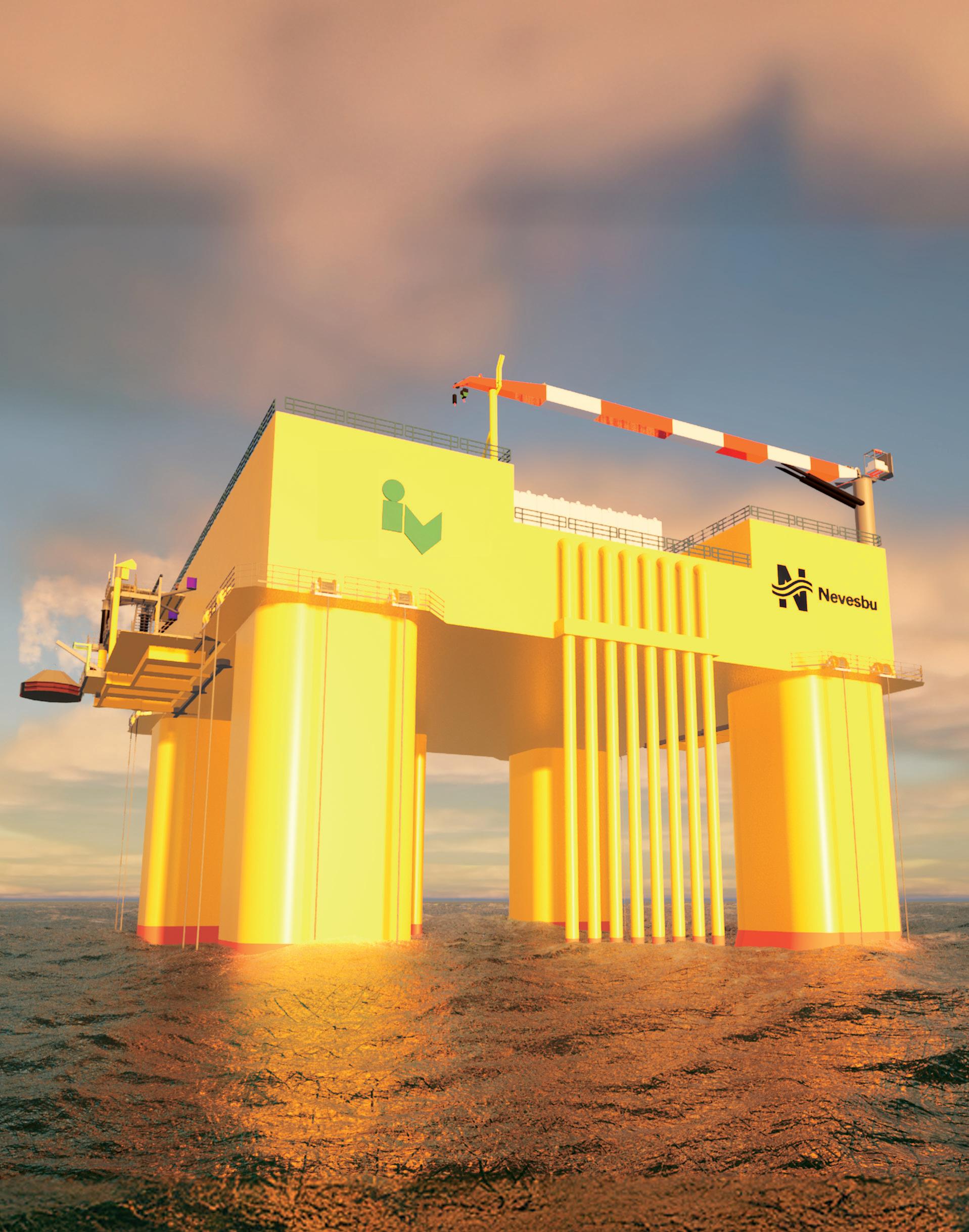

An insight into the design
Pioneering the world's first energy island: The Princess Elisabeth Island
Belgian grid operator Elia is developing the world’s first artificial energy island: the Princess Elisabeth Island, located approximately 40 kilometres off the coast of Ostende in the North Sea. Iv, together with HSM and Smulders, form the joint venture responsible for the engineering of the HVAC modules, 3D integration of the island, construction and installation. But what exactly is involved in designing such a unique offshore energy hub? And how does it differ from a conventional offshore substation?
Technical design and regulation
The design must comply with both Belgian (onshore) legislation and European offshore standards, adding further complexity to the engineering phase.
Iv is responsible for the complete 3D model integration of the energy island, including the facility modules. While these modules are similar in design to offshore substations, they present additional technical challenges that must be met to fulfil the specific requirements of an energy island. Transport and installation also differ significantly from traditional
offshore substations, an area in which Iv has relevant experience.
Covering 24 hectares, the equivalent of 12 football pitches, the island will feature various modules that convert the generated electricity, a facilities module with accommodation for the crew, among others amenities, and a garage for vehicles, and charging stations to support transportation on the island.
Designing in accordance with Belgian legislation and European standards increases complexity.
Collaboration and complex planning
While the technical design may be similar to the offshore substations Iv usually designs, the way of working and the partners involved are entirely different, says Frank. “We are collaborating with an island contractor and working closely with the civil contractor building the concrete foundations. These are not the usual parties we deal with in the offshore world. Moreover, the island itself needs to be completed before the modules, which requires a different kind of planning.”
This last aspect requires flexibility and a different approach to working, necessitating close coordination across multiple interfaces with other partners. Frank continues: “Detailed design information is shared with
other stakeholders from an early stage. It is essential that everyone stays fully informed of each other’s activities throughout. This level of collaboration happens more than we are used to, which gives the project an added dynamic.”
Towards an operational energy island by 2031
Construction of the HVAC modules and the civil works began in 2025. On the 19th of June, a key milestone was reached on with the first steel cutting ceremony at HSM Offshore Energy. Earlier this year, the first concrete caissons were submerged in the North Sea, marking the physical start of the island’s construction. Elia aims to have the Princess Elisabeth Island operational by 2031. ●
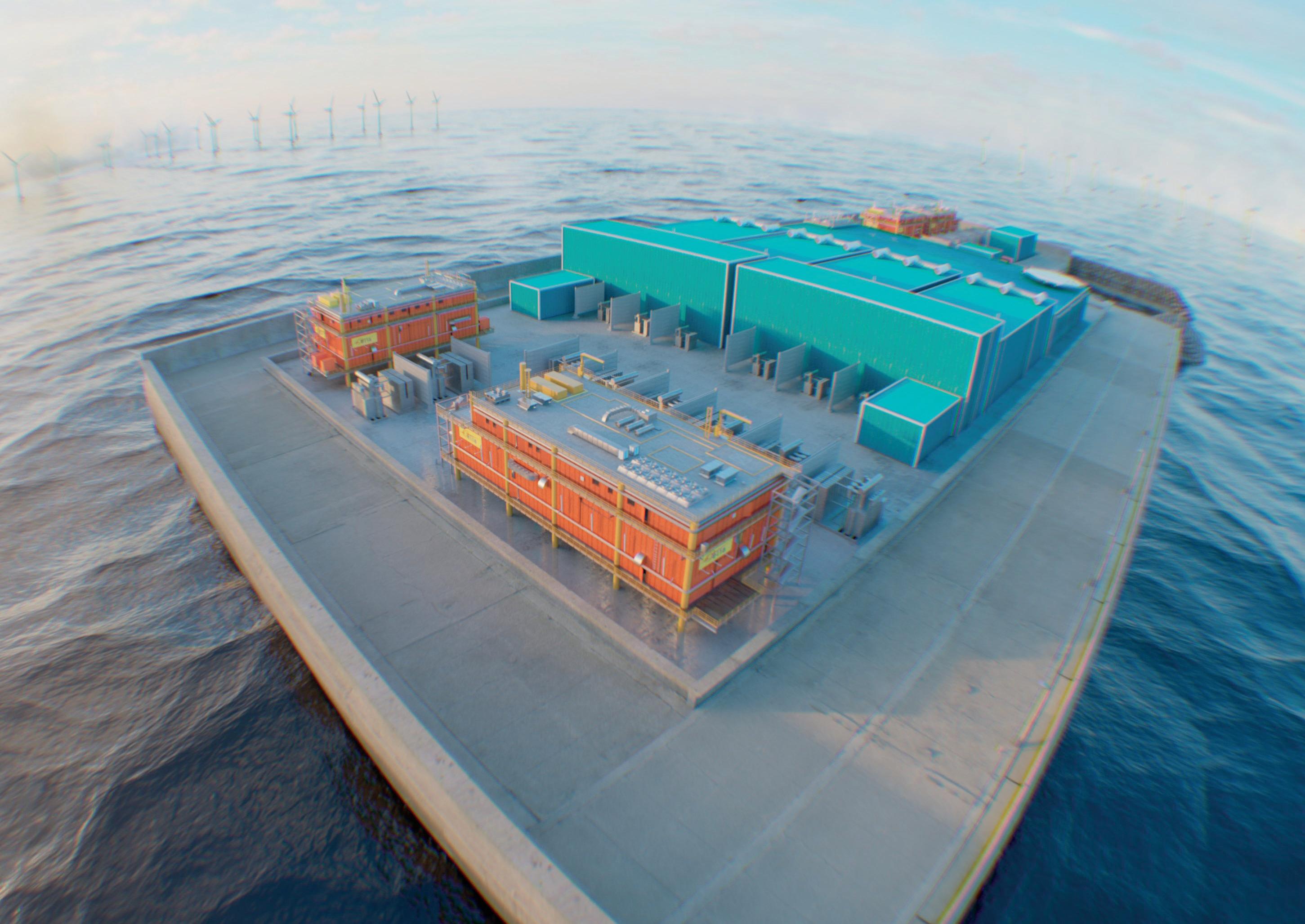
Turning industrial emissions into valuable resources
Innovative CO₂ capture installation
An installation that extracts CO₂ from factory flue gases and converts it into a usable raw material. Affordable, circular, and with a significant impact - exactly what the industrial sector needs to truly meet its climate targets. Commissioned by the British start-up Cool Planet Technologies (CPT), Iv is responsible for the detailed engineering of this advanced, membrane-based installation that captures and refines large volumes of CO₂ to a high CO₂ purity level, making it ready for commercial reuse.
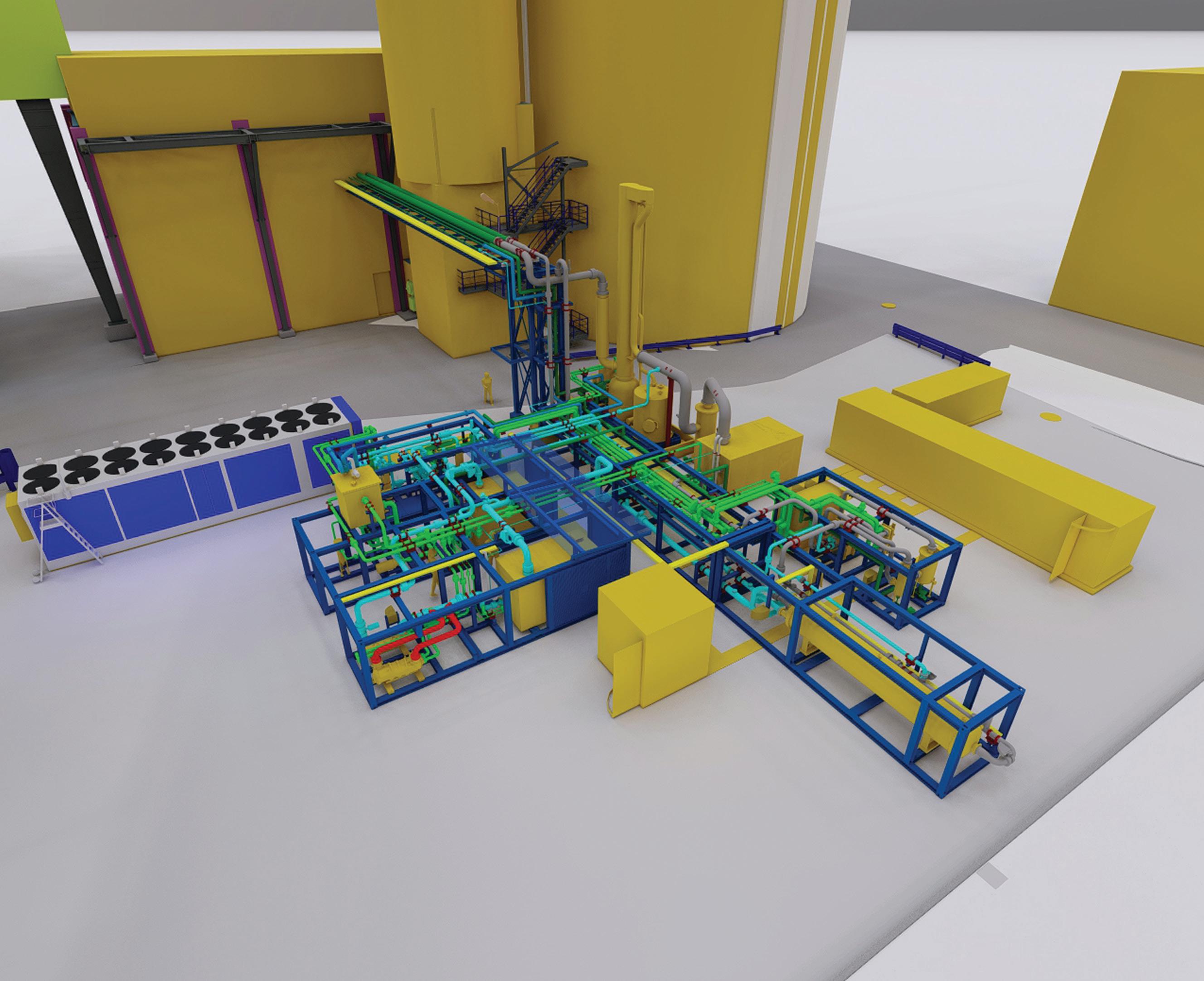
The installation is a significant scale-up from preceding pilot installations and is the next step towards realising the ambition to go much further: scaling up to industrial application on a global scale. The system is significantly more cost-effective than existing installations and can be deployed at any plant with socalled point-source emissions.
The need for innovation
The project is being carried out at a cement factory in Germany. Cement is indispensable to the construction industry, but its production comes with a significant drawback: heating limestone (calcium carbonate) releases vast amounts of CO₂. This process alone is responsible for nearly 8% of global emissions, considerably more than the entire aviation sector combined.
Smartly designed. Compactly built. But big on capture.
A substantial share of global CO₂ emissions are released through industrial point sources, such as factory chimneys. These are precisely the areas where targeted capture can make a difference. That is the focus of this installation: with a projected capacity of 10,000 tonnes of CO₂ per year, the compact installation is designed to demonstrate the feasibility of high-quality capture within limited space and power consumption. This is no small feat. This amount of CO₂ is equivalent to the annual absorption of around 500,000 trees or the emissions from approximately 5,000 return flights between Amsterdam and New York.
New technology
In collaboration with the German research institute Helmholtz Hereon, CPT is commercialising an innovative membrane technology for CO₂ capture.
Unlike traditional CO₂ capture methods, such as chemical absorption, this technology operates through a continuous physical separation process. The result? A stable process with up to 50% lower operational costs compared to existing methods and a CO₂ stream with 99% purity. And that purity is key: the cleaner the captured CO₂, the broader its potential for reuse. Applications include the production of sustainable aviation fuel, use in the food industry, or CO₂ as a raw material in the chemical industry, for example, in fertilisers or plastics. The purer the gas, the more versatile and valuable its applications.
But how does the capture process work? It begins with the flue gases, which undergo several steps to ensure cleaner emissions. First, the gas is cooled and stripped of dust and other solid particles in a scrubber. Then, the core of the process follows: the gas passes through two membrane stages. In the first stage, CO₂ is separated from the flue gas; in the second stage, it is further purified to produce a high-concentration CO₂ stream, which can then be further purified for transport, storage or use.
The pilot installation is a crucial step toward large-scale industrial application.
Unlike conventional technologies, which often struggle with high nitrogen residues and complex maintenance, this membrane-based system is modular in design, easier to scale, and less maintenance-intensive. The installation in Germany is, therefore, much more than just a test setup: it is a crucial step towards large-scale industrial deployment. With a planned one-year testing period, the aim is to demonstrate that the membrane technology can deliver long-term reliability and efficiency. Thanks to the high quality of the recovered
CO₂, the expected lower maintenance requirements, reduced energy consumption, and a promising pathway to circular applications, this technology is poised to be a game-changer in the fight against CO₂ emissions.
Millimetre-precision engineering
Iv is responsible for the complete design and project management of the installation. The entire system is being built as a skid-mounted unit, meaning it is modular, containerised, and relocatable to other facilities, demonstrating its potential. This approach places high demands on the engineering: piping, equipment, and connections must be integrated with millimetre precision. Everything must fit within the confines of standard shipping containers without compromising on functionality or safety. The installation is being integrated into an existing factory site. To make this possible, Iv used a 3D laser scanner to scan the designated area. Based on this model, Iv is carrying out the detailed engineering, including tie-ins with the factory, stress analyses, isometric drawings, and connection layouts.
A skid-mounted system places high demands on engineering: everything must be fitted with millimeter precision.
“This project is moving incredibly fast”, says Dirk, project engineer at Iv. “We began the detailed design process in January 2025, completing 90% of the model review by May. Thanks to a strong partnership with our client, the collaboration between CPT and Iv is seamless and highly productive. CPT’s specialised expertise in membranes and Iv’s advanced engineering capabilities enable us to deliver outstanding results that drive innovation and success.”
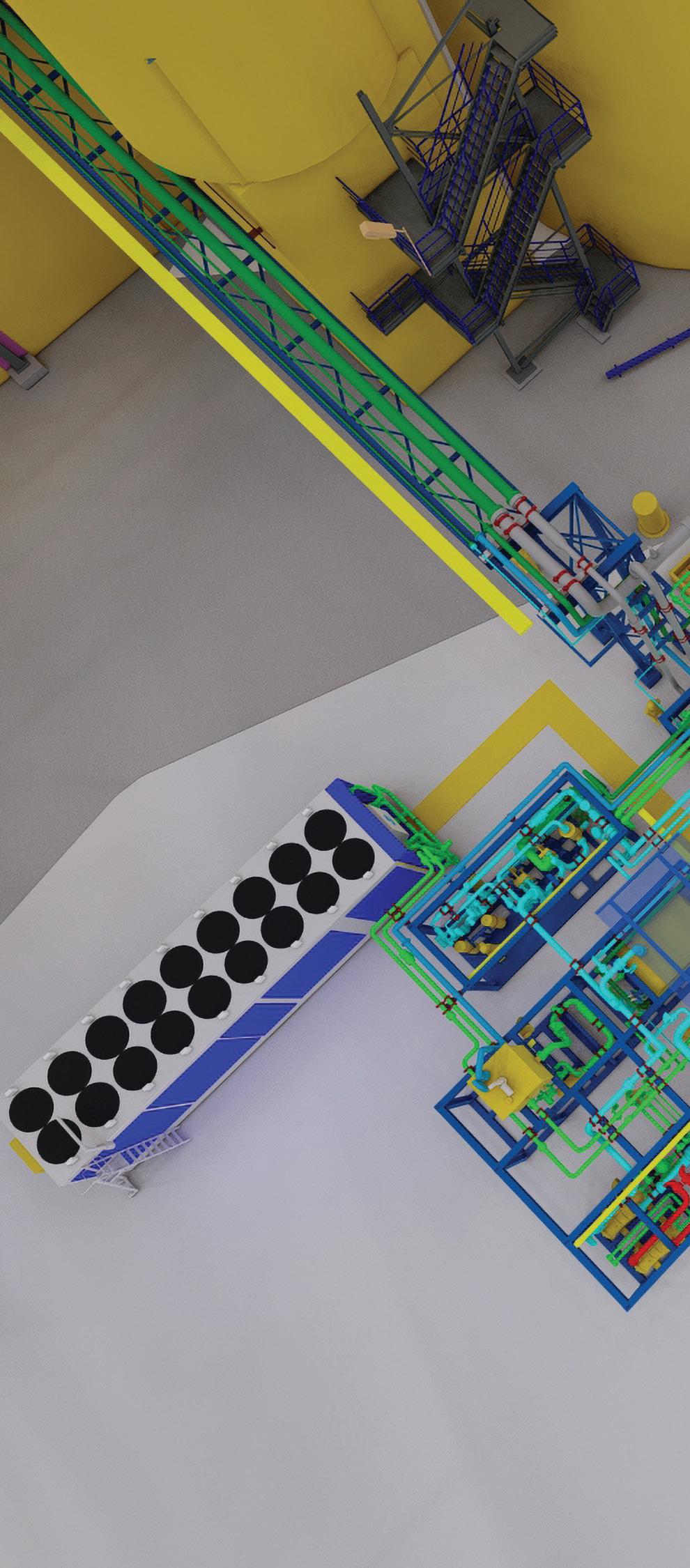
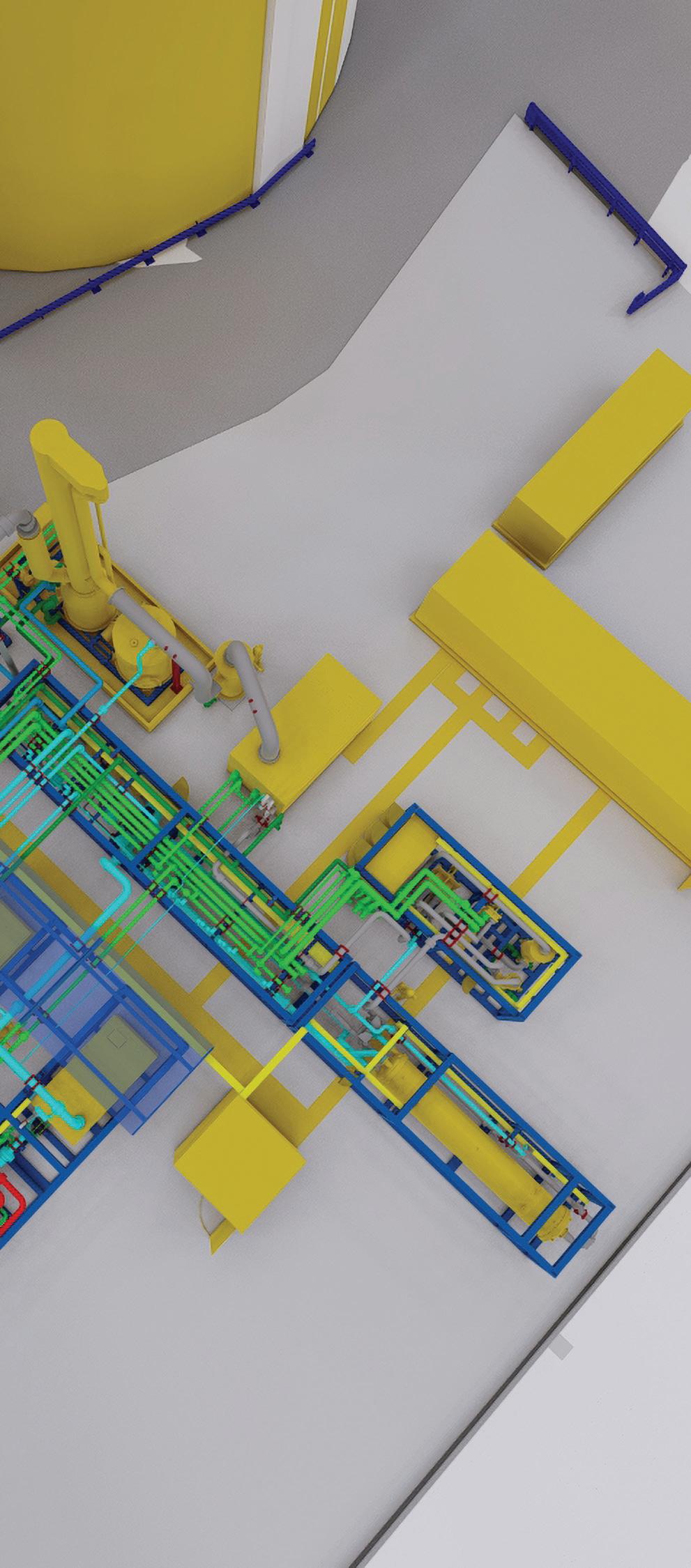
Potential for large-scale CO₂ reduction
Although it is still small in scale, the installation already shows significant potential. For many industrial point sources, one or two such units could deliver substantial CO₂ reductions. While the current setup captures 10,000 tonnes annually, the next step is clear: a fullscale industrial facility with a capture capacity of one million tonnes per annum.
Andrew Corner, managing director van CPT, says: “Iv performed the initial FEED for the project, and we are very pleased to be continuing the relationship into the detailed engineering and procurement stage for what is a critical project for CPT. The CPT and Iv teams are working collaboratively, an approach we would very much like to adopt in future projects. CPT is already working on much larger projects as we scale up the deployment of our technology. We look forward to working with Iv as CPT embarks on the next stage of its journey.” ●
The new bus station canopy in Kronenburg A structure of steel, Lexan and courage
An undulating, seemingly paper-light bus station canopy that shelters passengers from the elements while adding an iconic accent to the stony architecture of Arnhem's Kronenburg district. The new canopy was designed by Designer Ruud-Jan Kokke, technically elaborated by Iv, and is being produced by Moors Constructie Bergharen (MCB). Together, they are building a structure out of steel, Lexan and a little courage.
The Kronenburg district is undergoing a revamp. What was once built in the realm of concrete, angled corners, and hard edges is now being given a more playful look. "If you look closely at this district, you will see bevelled 45-degree angles everywhere", says Designer Ruud-Jan Kokke, who submitted the winning design for the bus station canopy to the municipality of Arnhem. "They can be seen in the buildings, the roads and even the footbridge from the shopping centre to the adjacent district. These 45-degree angles served as my source of inspiration. I wanted the structure's roof to be positioned at a 45-degree angle to the platform. But, of course, it had to be high enough to allow buses to pass underneath, yet low enough to provide shelter above the platforms. The combination of these requirements led to the undulating shape the design now enjoys."
We felt confident taking on this project because we are often involved in very complex ones.
Not all dared to take it on
There will be two similar canopies, a large one and a small one. The undulating designs with the blue openings look fantastic but are anything but simple.
How do you make something like this a reality? The municipality of Arnhem announced the contest. MCB worked with Iv on the winning plan. "Not all dared to take it on", says Wouter Visser, commercial manager at Iv. "The majority of the pre-selected companies quickly dropped out, mainly due to the challenges concerning wind load. The design is such that it can easily become a wind catcher. But we dared to take it on, because we have often been involved in very complex projects." The same applies to Barry Moors, owner of MCB. "We love a challenge. And this is going to be such a leading project in the region. So that's something you want to be part of, right?"
Wind load increases the intensity
Curved, undulating, concave and convex – the challenge of the bus station canopies lies in the multitude of shapes. "This design combines everything", says Structural Engineer Marius Molenaar of Iv, the man in charge of aligning it all – a task that caused him many headaches. There are no standards or Eurocodes for this shape. And so Marius had to make many calculations. "The technical design we have now delivered is tenable", he says. "But it was definitely an intensive task. Everything had to be
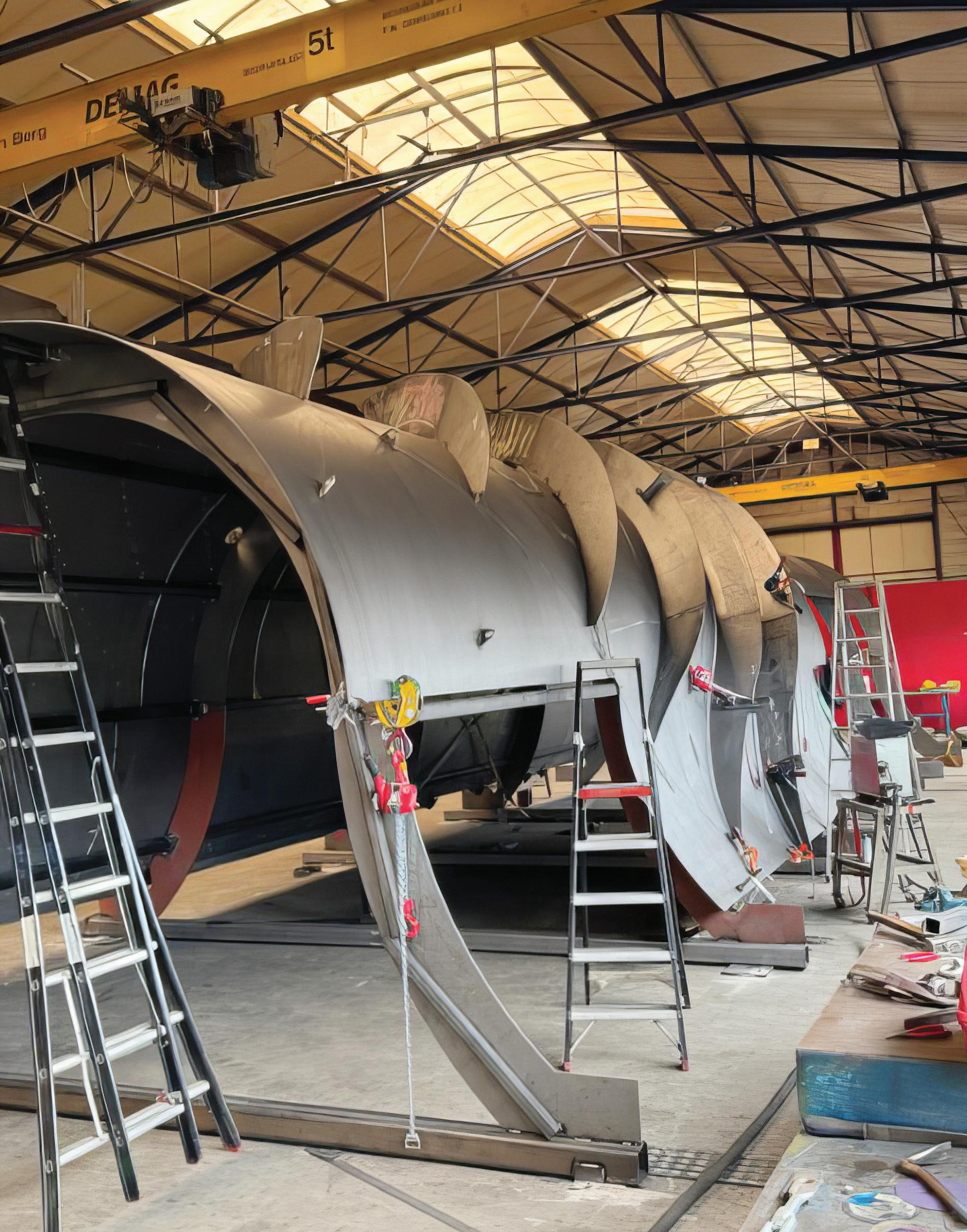
exact: the vibrations, the stiffness, the foundation…" Wouter concludes with a wink: "With his many years of experience, Marius can handle this. And besides, this bus station canopy is so fantastic that even the wind won't know what to do with it."
There are no standards or Eurocodes for this construction, so a great deal of complex calculations had to be carried out.
From idea to feasibility
According to Project Leader Lennard van Geel of Iv, the ribs under the roof of the bus station canopy are a story in themselves. "They wind under the undulating roof and are positioned perpendicular to the surface above", he says. "The transfers from concave to convex are so tricky, but they also give the canopy its unique character. That's why we did everything possible to keep them in the technical design, just as the designer intended."
The designer also had some preferences that Iv could not go along with. "We always try to follow the designer's vision, of course," Lennard continues his story, "however, some aesthetic desires were not








structurally feasible." He refers, for example, to the ends of the ribs, which the designer wanted to end in a wafer-thin point. A nice idea, but they we can no longer be welded." We also advised and suggested adjustments at a structural level. "According to Marius' calculations, placing the canopy on concrete blocks was insufficient. We therefore advised driving piles into the ground to provide the required stiffness. Fortunately, Designer Ruud-Jan was always willing to collaborate in such adjustments. As a result, his idea became feasible."
Unprecedented complexity
The bus station canopy is currently in production at MCB. Barry: "We will produce everything - from the foundations to the roof. And most of it will be made by

hand. Ten people are currently working full-time on the canopies. I think we will eventually reach 3000 manhours." What is the most challenging part to make? "The ribs", he says without hesitation. "They are curved in several places, must flow smoothly and connect perpendicularly to the roof. That is real precision work." The blue areas of clear Lexan with film also have a challenging shape. "It is an unprecedentedly complex project in almost all respects, but fortunately, we have a lot of experience with station canopies and complicated steel projects. It also helps that we have worked with this designer and Iv before. Together we will make it a success." The bus station canopy will be installed in Kronenburg at the end of this summer. Wouter concludes, laughing: "Perfect, just before the storm season gets underway." ●




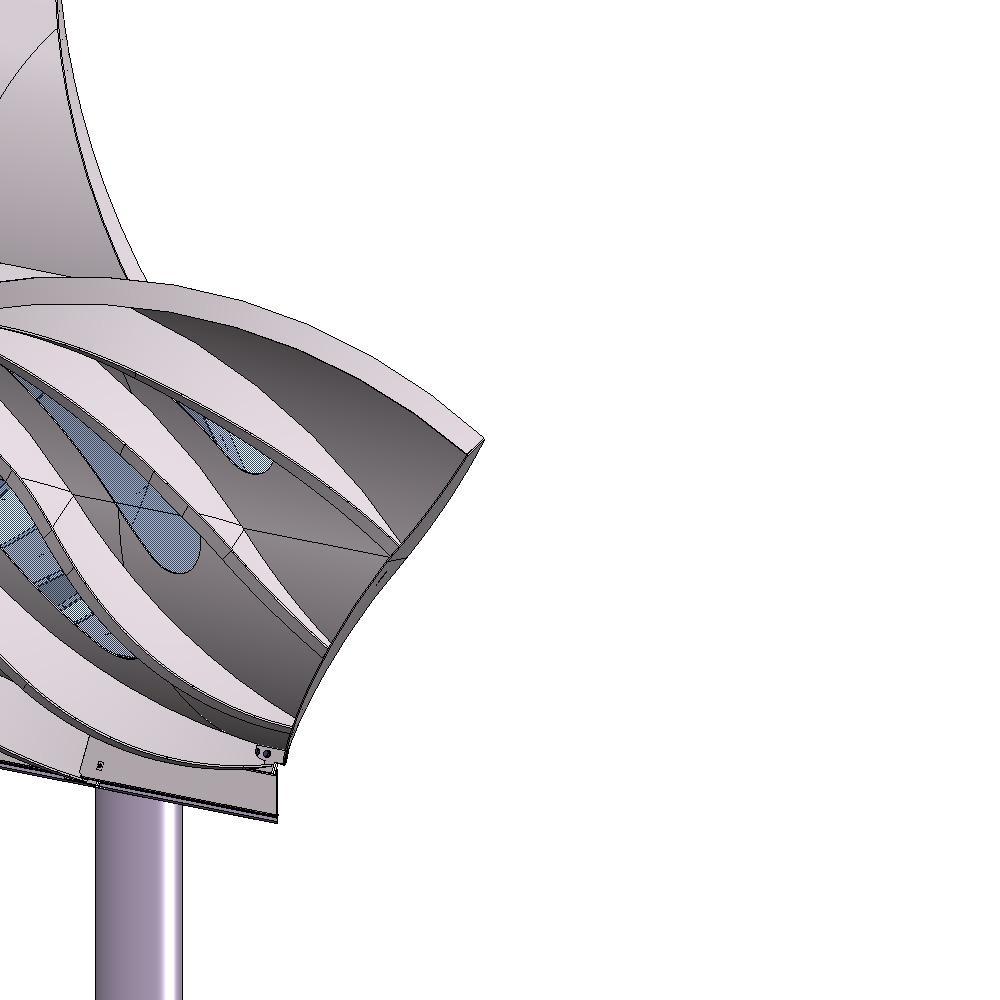
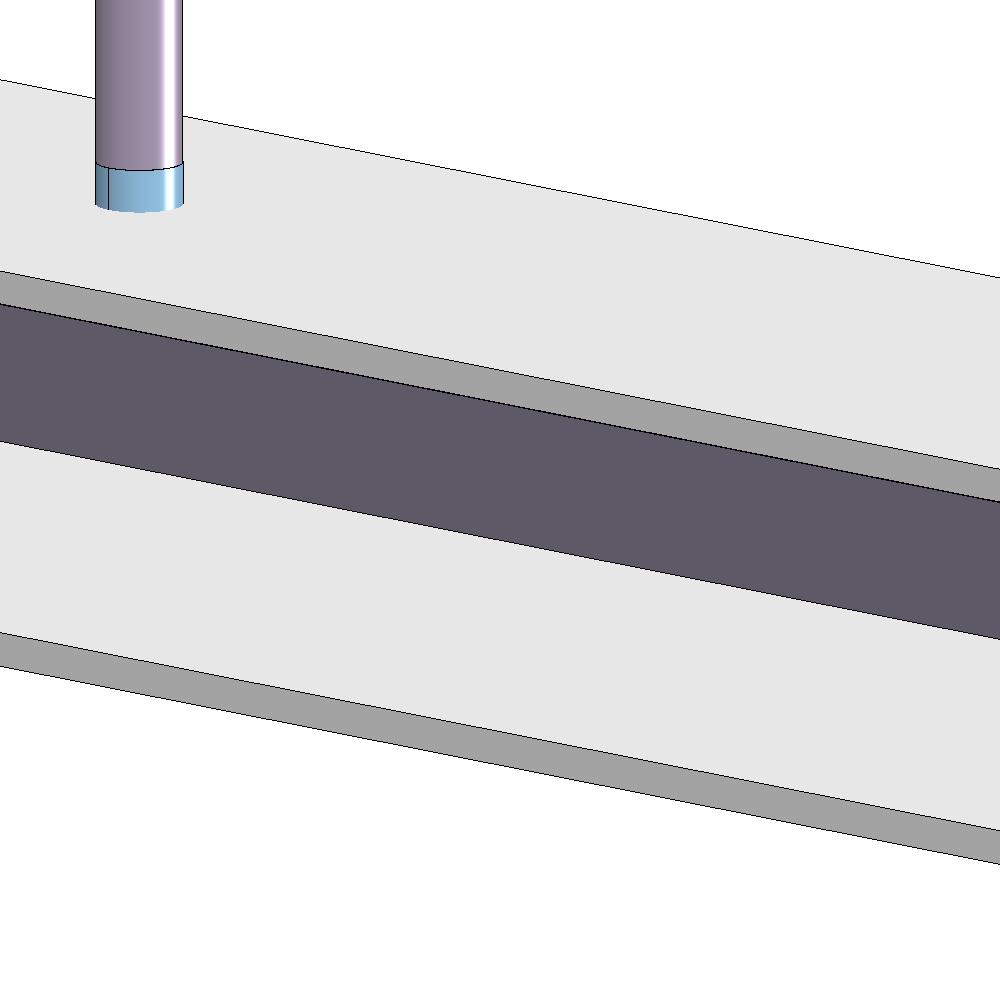
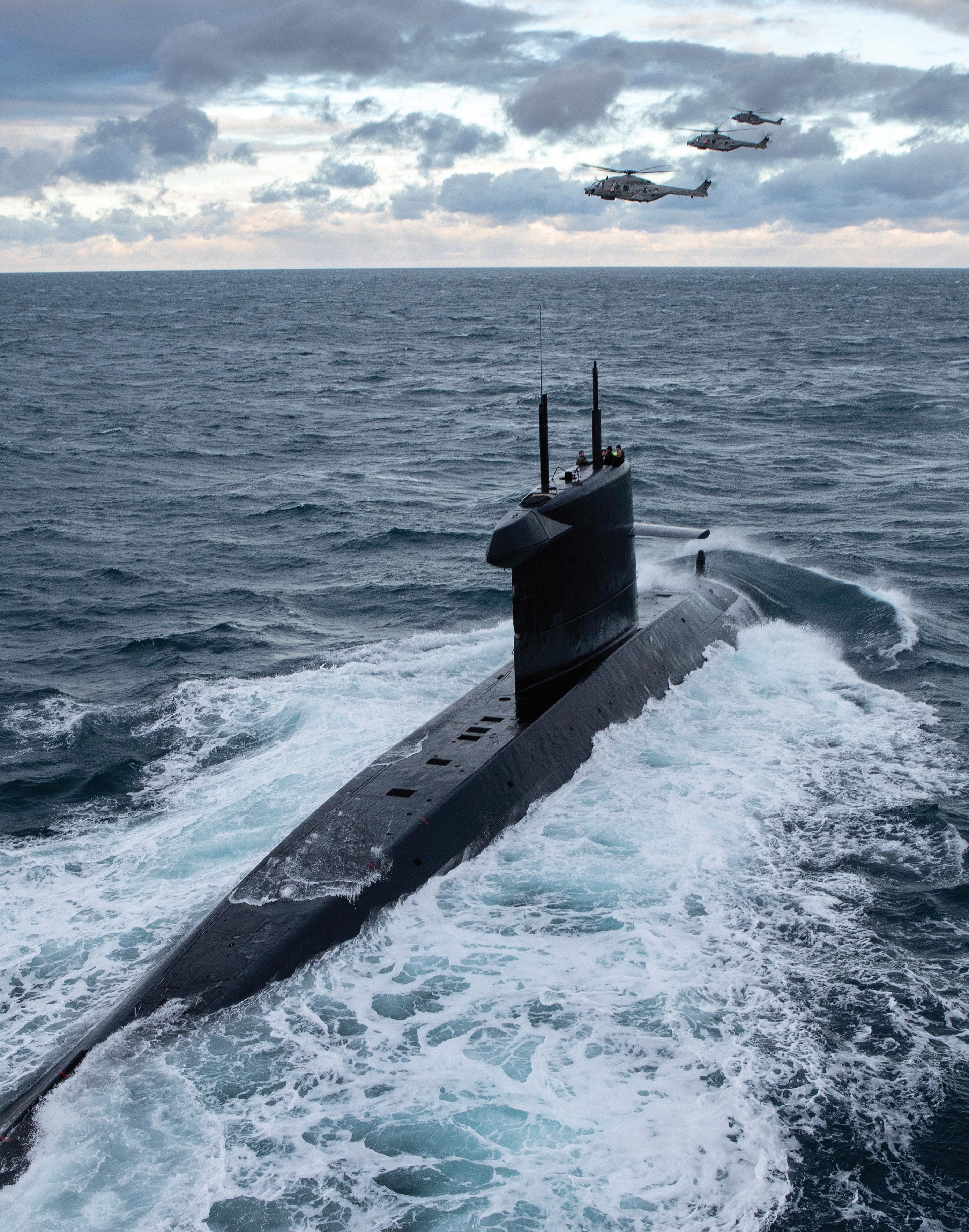
The first 90 years of Nevesbu Shipbuilding's best-kept secret revealed
For 90 years, Nevesbu has been delivering advanced solutions for submarines, naval vessels, and (floating) offshore energy. Its mission? To contribute to security and energy security at sea. Nevesbu does this with precision, technical depth, and discretion. It is not without reason that the company is sometimes referred to as the best-kept secret in the maritime industry. After 90 years, Managing Director Bart van Rijssen and Commercial Director Albert Jurgens feel it is time to reveal that secret.
Nevesbu was founded in 1935 by four large Dutch shipyards and the Machinefabriek Werkspoor. The mission was clear: to design submarines and naval vessels. Today, Nevesbu has become an international knowledge partner in two markets: Naval Vessels (submarines and frigates) and Offshore Energy. With its 117 employees, the company works on high-profile projects worldwide. It has been under the leadership of Managing Director Bart van Rijssen for the past four years. Commercial Director Albert Jurgens has been working at Nevesbu since 2007. Do they ever find their work monotonous? "Little chance of that," says Albert, "there is so much to enjoy here."
Nevesbu is hired
by
navies all over the world, and has built up a wealth of knowledge.
Marine engineering and offshore energy
Nevesbu now does much more than design submarines and naval vessels. Albert: "We are no longer the engineering company that only produces drawings – we have become a major player in marine engineering and offshore energy." After almost 90
years, the company has the wind in its sails in both sectors. But that has not always been the case. "In recent decades, we have mainly found our work abroad", says Bart. "We were forced to broaden our horizons when the Dutch defence market became smaller."
That turned out to be a golden move. Bart: "We built strong relationships with foreign navies and offshore companies. Like in Malaysia, where we carried out a special project to upkeep and modernise submarines." It is no coincidence that Bart specifically mentions this project – it is one of his favourites. "We competed against large, international parties in that tender", he says. "But the client chose us because we have proven knowledge of submarine construction. The fact that a relatively small country like the Netherlands is seen as an expert in this makes me proud." Albert nods in agreement: "They also see us that way in Spain and Southeast Asia and other countries."
Hired by navies all over the world
Nevesbu is a relatively unknown company in the Netherlands. Albert: "We have always been better at
doing our work than talking about it. And that has never been a problem – clients and stakeholders have always known where to find us. More to the point, we are also often unable to share information about our work due to security reasons."
However, Nevesbu is increasingly choosing to make its work more public. More than a year ago, this necessity became painfully clear when the Minister of Defence said in the media that the Netherlands has little to offer in the field of submarines. "What a bizarre statement", says Bart. "We are hired by navies all over the world. We have built up a wealth of knowledge over the past 90 years. Our clients abroad were also surprised by this statement. But it did get us thinking. Since then, we have made a conscious effort to increase our presence in the media."
Clients trust us because we deliver, think along, and we’re always close at hand. Also once the vessel has been implemented.
Remarkably diverse
Nevesbu also wants to profile itself more clearly towards students. "If we're at Delft University of Technology and we ask who's heard of Nevesbu," says Albert, "there should definitely be a show of hands." Nevesbu is a young and dynamic company that is working on large-scale projects. "Our team is close-knit and loyal. Many employees stay with us for years, some even after retirement – to transfer their knowledge and remain involved in the work. New colleagues are always paired with experienced staff to ensure everyone is fully involved in a project, and knowledge transfer is a matter of course. The team is also remarkably diverse. We work with people from many different countries and all kinds of backgrounds.
We deliberately look beyond the Netherlands because there are professionals with the right qualifications all over Europe – and that broadens our perspective on projects."
Friendship
and trust
Bart, with his passion for marine engineering, spent many years on a submarine himself. "So, I know how important it is for such a vessel to be well designed", he says. "That every button and switch is where you expect it to be, that everything works intuitively. It's not just about technical perfection but also user experience. Can you do your job well on board? For a resounding 'yes' to that question, we have to work closely with the client." Albert also emphasises the importance of collaboration: "The relationship with our clients can almost be referred to as friendship. Of course, everything is neatly laid down in contracts, but ultimately, it's all about trust. Clients have to dare to entrust their work to us. We earn this trust through delivery, thinking along the same lines as them, and that we're always close at hand. Not only during the drawing phase but also once the product has been implemented."
The Tesla of the submarine world
One of Nevesbu's latest innovations is the e-Moray, a fully electric submarine. With a big smile, Bart says, "We have been working on the Moray model for years, but we've now developed the concept into a 100% electric version. No more diesel generators - which makes the vessel simpler, cheaper, easier to maintain and quieter. The Tesla of the submarine world." Albert adds: "It used to be a hybrid system - batteries for underwater, diesel engines for on the surface. But batteries have become so good that recharging them at sea is no longer necessary, making the submarine more effective and sustainable. It is a logical next step for which we hope to receive a subsidy."
Since the 1990s, Nevesbu has also been continually active in the offshore energy sector. For example, the company has worked on floating production, storage and transhipment installations – vessels or converted oil tankers used to extract oil and gas at sea. Nevesbu has also designed (floating) transformer platforms that convert wind energy at sea into electricity for use on land. "The energy transition is a huge opportunity for us to do much more in this area", says Albert. "We still often work on the design of offshore wind farms, which are anchored to the seabed. But soon, these farms will have to move to deeper waters because shallow seas such as the North Sea are becoming full. And worldwide, the focus is increasingly shifting to sustainable energy, offering plenty of new opportunities for our professional field. Examples
include floating offshore wind platforms, greening the shipping industry and much more."
The e-Moray is 100% electric and simpler, cheaper, more quiet and easier to maintain than submarines with diesel engines.
No
energy security without security at sea
All signs indicate Nevesbu will not suffer from boredom over the coming years. "I don't think so either", laughs Bart. "There is so much to do. For example, we are also fully engaged in the theme of security at sea. Because without security, there is no energy security. Like critical gas pipelines and other infrastructure, wind farms at sea must be protected. Which in turn requires
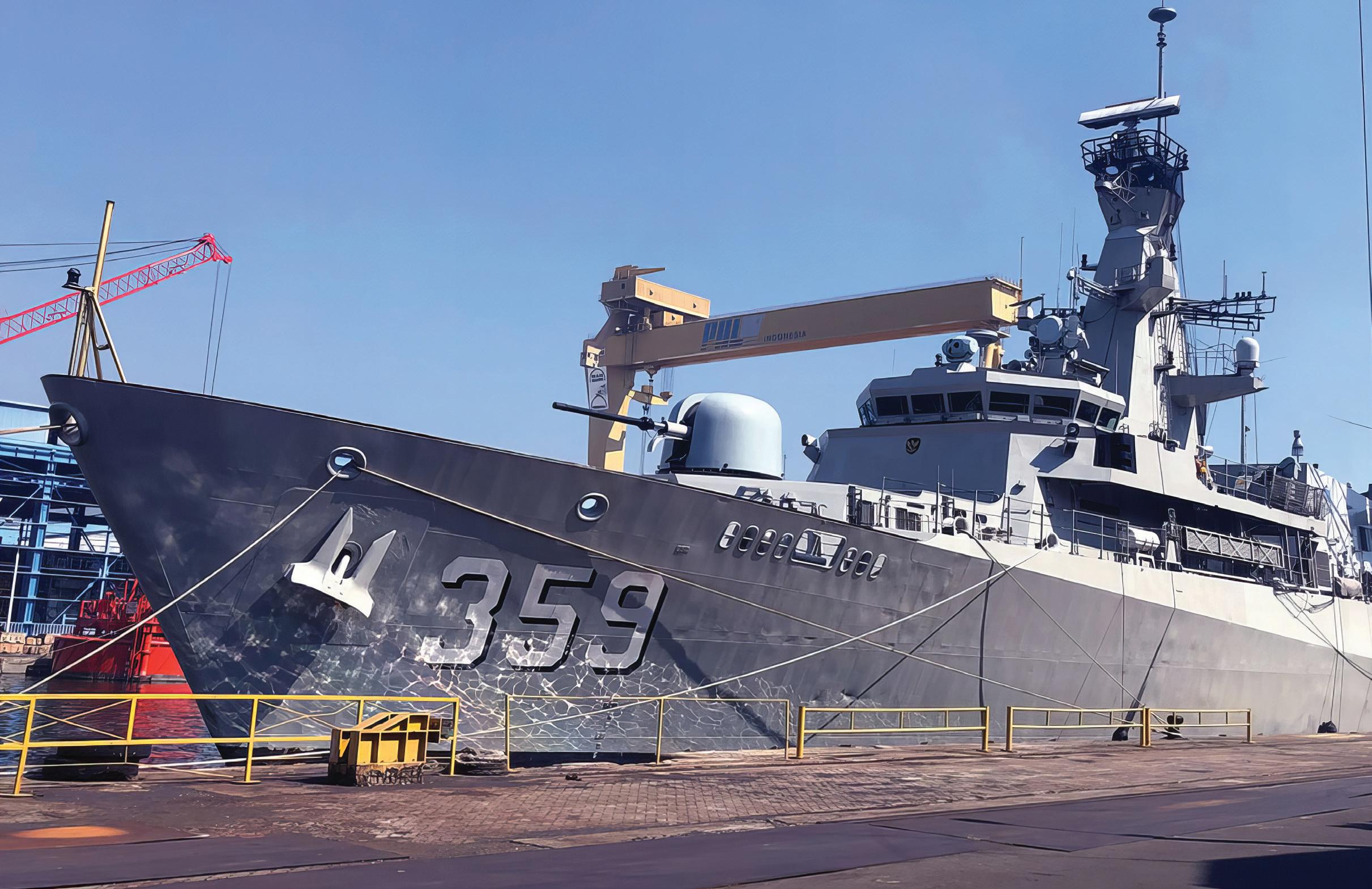
good naval vessels and submarines. And if we build more floating wind farms and other offshore structures, they must be easily accessible for emergency towing vessels, for example. There is plenty of work to be done and much more to consider."
In the coming years, the directors will continue upon this chosen course. Sharing and safeguarding knowledge is high on the agenda. Take the Orka programme: the purchase of new submarines from abroad. "Soon, those vessels will be moored at the quay in Den Helder," says Albert, "but the knowledge to maintain and deploy them isn't just there. And unfortunately, it's not a matter of reading a few books, and you're up to speed. Dutch companies such as Nevesbu – and certainly other parties – must be involved in this. We will work hard to retain this knowledge for the next 90 years."
Speaking of which...
Who will be the one to blow out the 90 candles later this year? Bart, with a wink: "Not us. We'll leave that to the most important people: our clients. During SAIL Amsterdam, we will celebrate with them what Nevesbu has been about for the past 90 years – working together for global prosperity and security at sea. What was once the best-kept secret in shipbuilding is now a story about a special history that deserves to be shared. And that's what we'll celebrate." ●
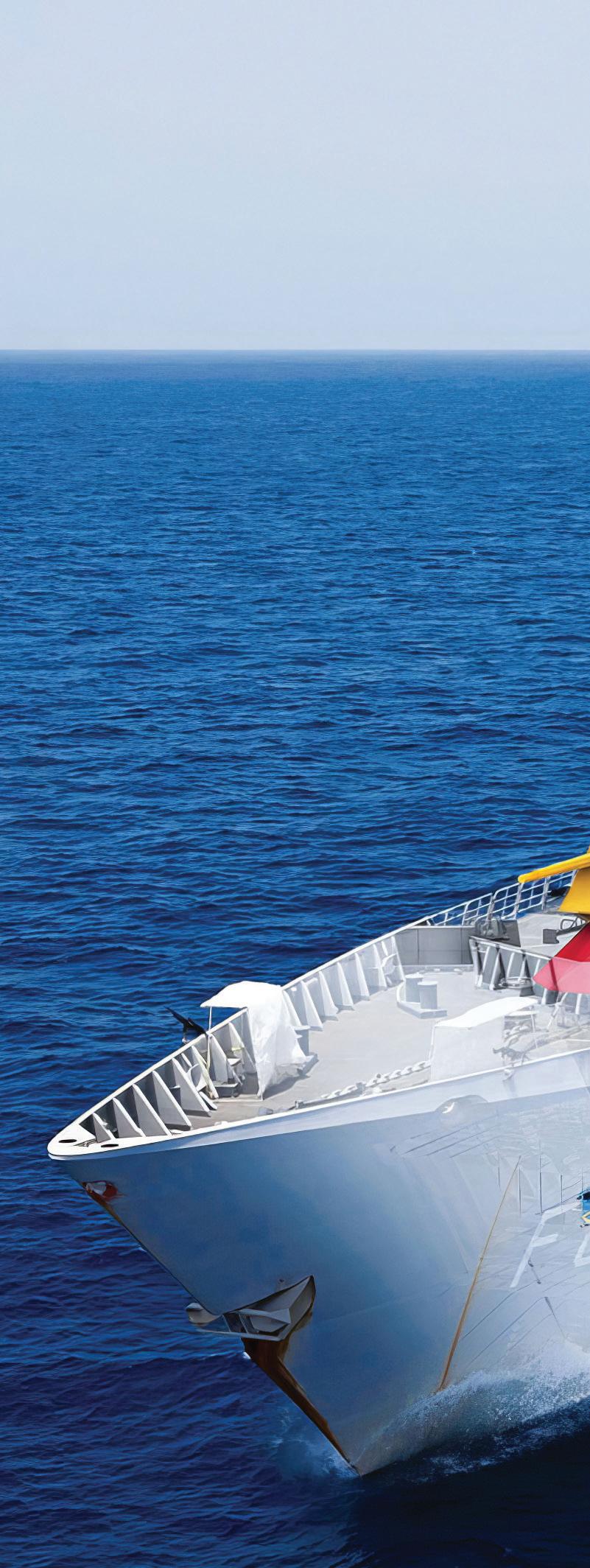
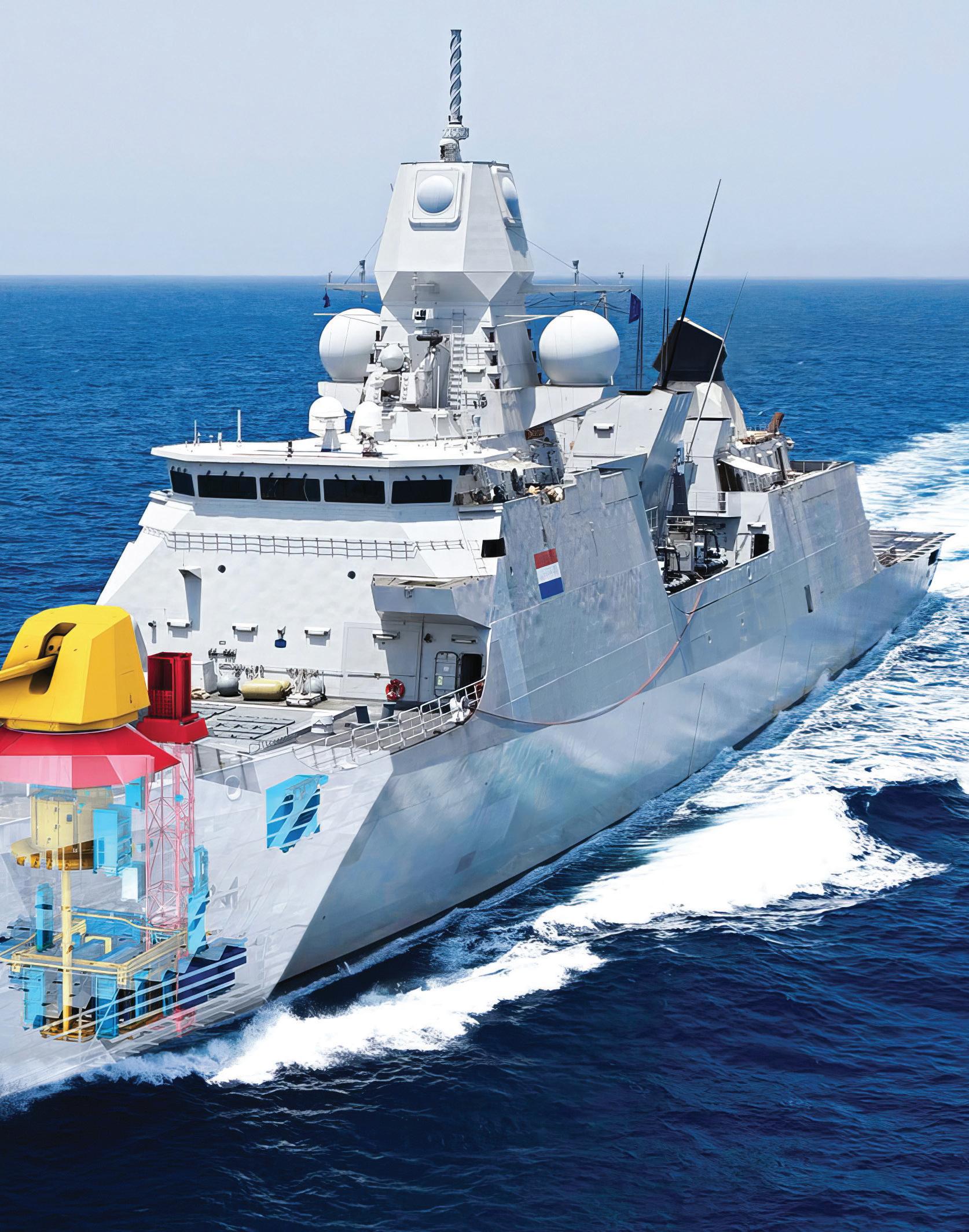
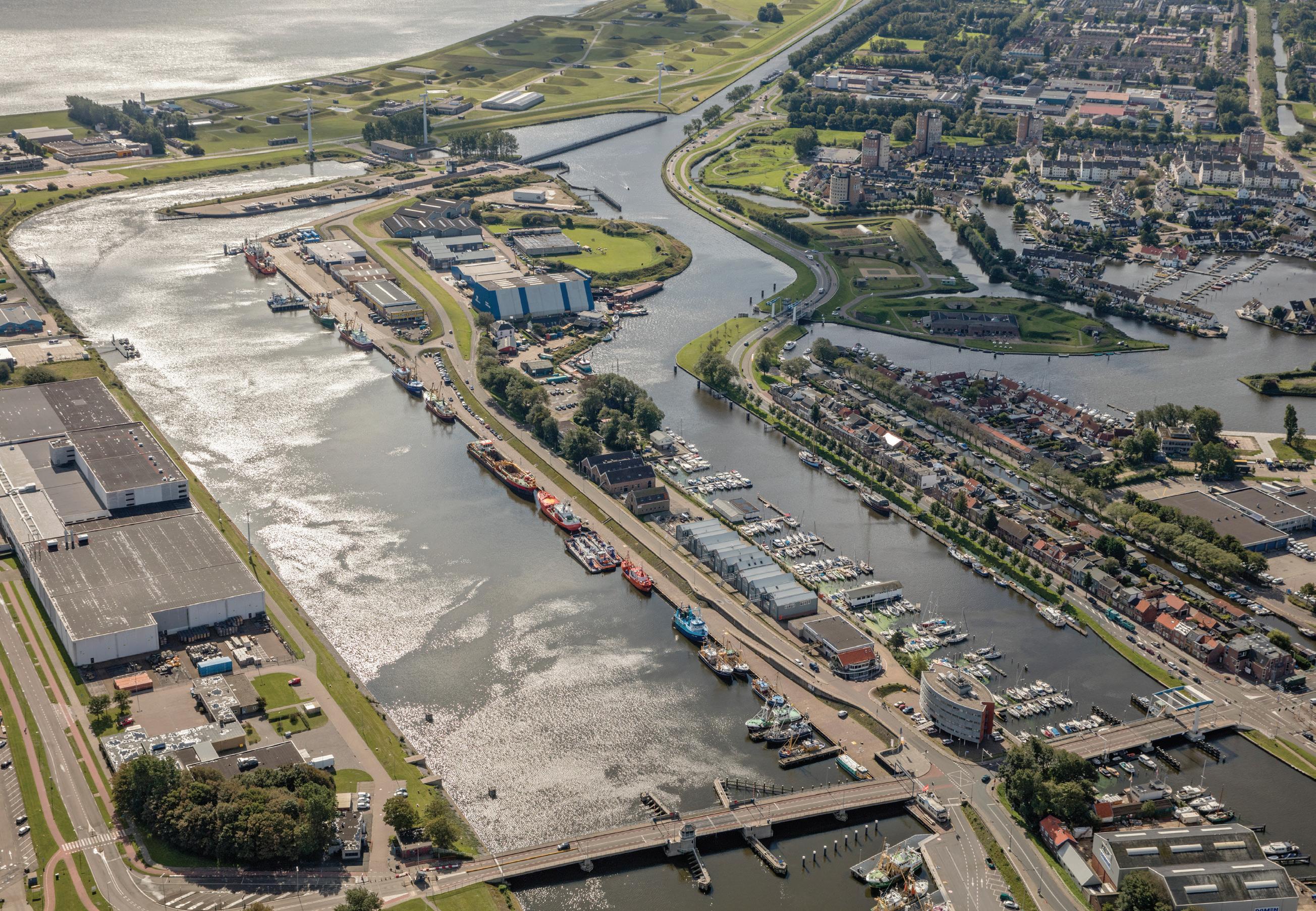
The Havendijk project demonstrates an alternative approach
Vision-based rapid dike reinforcement: Havendijk, Den Helder
A unique dike reinforcement project is underway at the Havendijk in Den Helder. It concerns a relatively short stretch of dike, but the task is challenging. While a traditional dike reinforcement project of a primary flood defence takes eight years from exploration to completion, here, only half the time has been allocated for exploration and plan development.
The Havendijk in Den Helder no longer meets safety standards and has, therefore, been included in the High Water Protection Programme (HWBP). Water safety is an urgent concern along the middle section of this stretch of dike. The urgency is caused by the dike no longer meeting the outward stability requirements and the condition of the sheet pile wall in this section being particularly poor. The Havendijk project area is a dynamic location where various interests converge. The flood defence is located opposite the naval base and is close to residential areas, directly bordering existing harbour terrain with planned expansions. Traditional phasing, with research and design steps spanning many years, was not an option. The Hollands Noorderkwartier District Water Control Board decided to speed up the dike reinforcement project, requiring the exploration to be completed within a year. A challenge that was awarded to the Iv & TAUW consortium. A project team was formed in collaboration with the Hollands Noorderkwartier District Water Control Board, with all three parties contributing their specific expertise.
A pace that matches the urgency
Although the Havendijk project is relatively small in size – 655 metres – it features a great deal of technical variation. Each section requires a specific approach. For example, at the northern end of this stretch, near the Visafslag (fish auction building), the dike includes an earth-retaining structure. The revetment will be adjusted here by excavating the existing top layer and applying a new, less permeable clay layer. This measure enhances the stability of the dike without altering the original form or the landscape's appearance. This solution will be combined with a structure at the foot of the dike.
Instead of two separate interventions, an integrated approach was chosen.
The middle section is the most technically demanding and challenging part of the dike. Here, there is a severely damaged sheet pile structure located directly along the harbour quay. In addition, the Port of Den Helder (the area's manager) and the municipality of


Den Helder also expressed a clear desire to expand the harbour area. So, instead of performing two separate interventions, an integrated approach was chosen: the existing quay will make way for a new combiwall structure built from heavy sheet piles with deep anchoring – robust enough to moor larger vessels safely. By moving the quay outwards, approximately 5,000 square metres of new land can be made available for use as work or storage space.
Integral approach? Please, but make it quick!
In addition to reinforcing the dike, the project also provides immediate added value for the surrounding area. In other projects, such opportunities often cause delays because the decision-making or financing process gets held up. However, this issue was deliberately addressed in this project by ensuring that the planning process took the lead. From the outset, the project team established clear rules: opportunities are welcome, provided the initiators actively participate, arrange their financial contribution on time, and record any administrative agreements. The dike reinforcement will not wait. This approach ensured that all involved parties were engaged from the outset, collaborated effectively and adapted swiftly. As a result, it was possible to include the expansion of the harbour area in the project in a relatively short lead time.
Speed by method, not through concessions
The entire exploration phase in just one year? Mission accomplished! The project team had a head start thanks to their knowledge of the area from previous projects. Some information regarding a section of the dike had already been collected, which was beneficial for the Havendijk project.
changing the way the work was approached. According to them, the key lies in the form of collaboration. Rather than having separate parties with separate responsibilities, the project team is a close-knit unit in which knowledge and expertise are paramount. In practice, this means joint working days, sharing schedules, fostering trust, mutual respect and equality.
The acceleration was not the result of bypassing steps, but of fundamentally changing the way the work was approached.
Hard work and enjoyment
The most important thing is the attitude of the team members. This project has given substance to the slogan: the whole is greater than the sum of its parts. Job satisfaction and equality are fundamental. A conscious choice was made for professionals who thrive on working at a high pace, who are flexible in their approach to work, and who do not quickly revert to traditional working methods. This mentality makes a big difference in daily practice.
Decisions are made by the people who work on it daily, and problems are addressed immediately. At the same time, the team keeps a close eye on the reason behind their work: does an action actually contribute to the project goal? No? Then, it is immediately dropped. This goal-oriented and reflective approach keeps the project moving and ensures the pace remains high, even when obstacles are encountered.
A role for sustainability
The team emphasises that bypassing steps did not achieve this level of speed – but by fundamentally
Despite the tight schedule, the project team successfully integrated sustainability into the design. A key focus is the reuse of materials that become available during the work, such as clay, soil, and
existing structural components, including sheet pile walls and concrete. It is already examined during the exploration phase whether these materials are suitable for recycling or reuse within the project, for example, as a filling material or in the new dike revetment. Additionally, it is investigated whether regional stakeholders – such as the Port of Den Helder, the municipality of Den Helder, or initiators of other infrastructure projects – could benefit from the released materials. In doing so, unnecessary transport and waste flows are prevented while contributing to a circular approach to the project. Sustainability is also taken seriously in the implementation preparation: the focus is on using as much emission-free equipment as possible and implementing smart phasing to minimise transport movements.
A future-proof flood defence and inspiring project
The preferred alternative has now been decided upon administratively. Over the next few years, the project team will work towards implementation during the plan development phase. The awarding of the contract is planned for 2026, with the aim of commencing work on site in 2027. If everything goes according to plan, the dike will be reinforced by 2028 and will once again meet the required standard. A trajectory from exploration to realisation in just five years. That is extremely fast, especially for reinforcing a primary flood defence involving various designs and different stakeholders in the dike's vicinity. The Havendijk project proves it is possible to accelerate a project without compromising its content. And when the dike is water-safe again, a safe, future-proof flood defence will remain – as well as an approach from which other projects can draw inspiration. ●
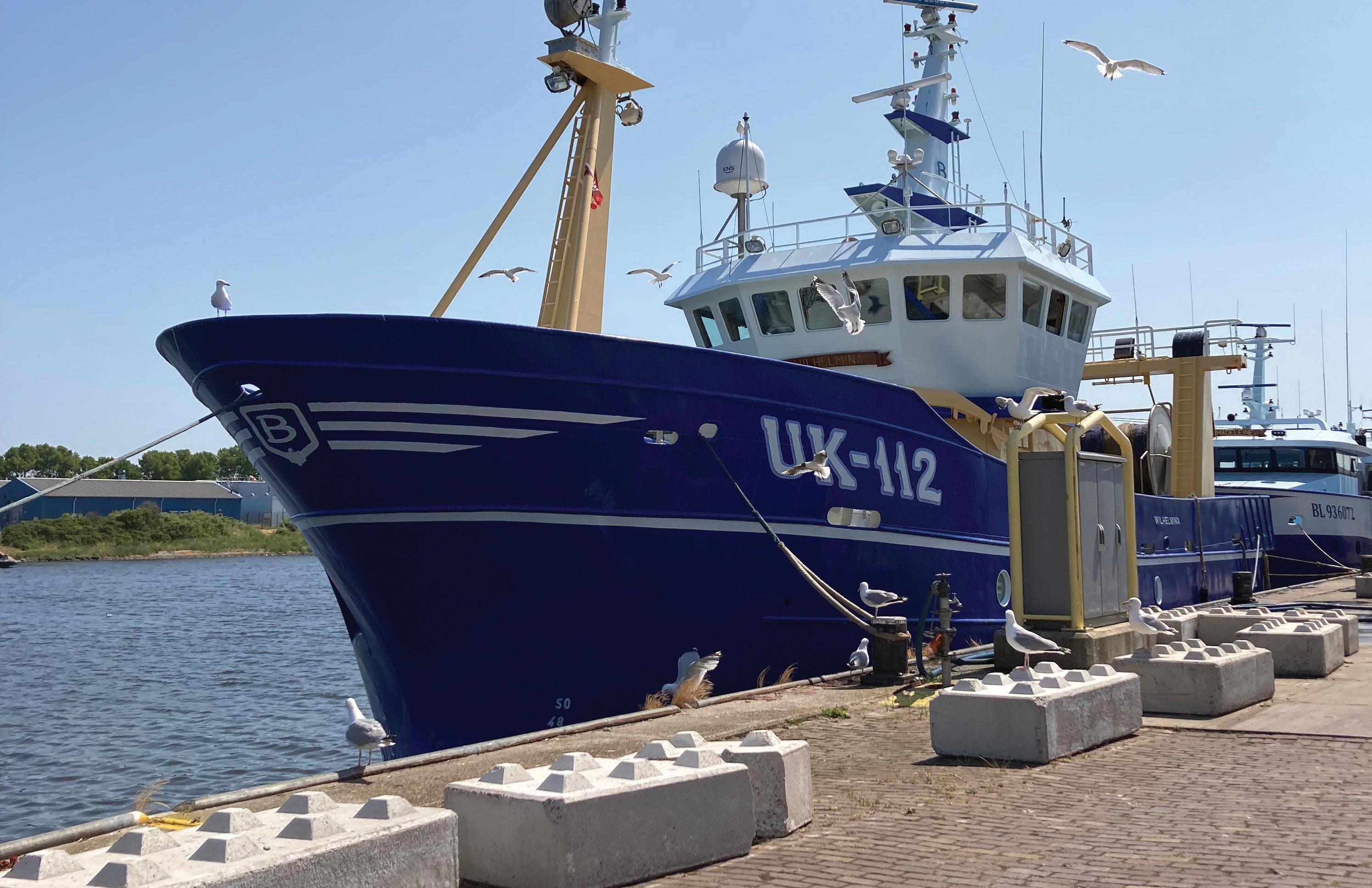
Both quality and quantity are under pressure
Every litre counts: working together to ensure sufficient drinking water
Drinking water companies are sounding the alarm. There is a possibility that in a few years, we will have a shortage of drinking water in the Netherlands. The media also often report on the quality and quantity of our drinking water. Recent headlines have read: "The shortage of drinking water in the Netherlands is already causing problems that are only set to worsen." And: "Water company sounds the alarm: impending drinking water shortage." But exactly how urgent is the drinking water issue in the Netherlands? And what is needed to continue to guarantee sufficient drinking water? Iv talks to Vitens, the largest drinking water company in the Netherlands, about the biggest challenges, and solutions that can tackle these challenges.
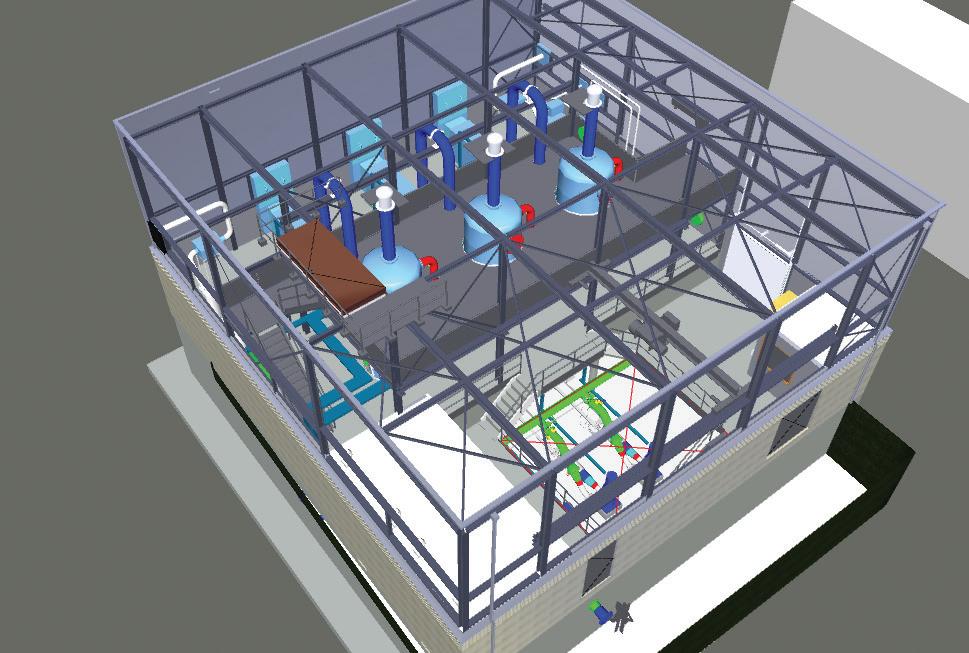
Availability under pressure
As stated in the media, a major challenge lies in the quantity of water. Demand for drinking water is growing faster than the supply. This is partly due to population growth and economic development. But climate change is also having a noticeable impact on our drinking water supply, a factor that is already causing problems. For example, since 2022, dozens of companies have not been given a drinking water connection. In addition, there are multiple drinking water companies in the Netherlands that no longer have sufficient reserve capacity, according to the Netherlands Court of Audit (Algemene Rekenkamer).
Further measures will be required to guarantee the future supply of drinking water. The way we currently use and consume water will have to change. Reducing demand is vital, and we must explore alternative drinking water sources. This is a complex challenge in which technology plays an essential role.
Reserve capacity is becoming increasingly scarce in more places.
Water quality is also a challenge
Another challenge relates to the quality of our drinking water. According to the National Institute for Public Health and the Environment (RIVM), not only is the availability under pressure but also the quality of the water suitable for drinking water production. This is partly due to discharges into surface water and climate change. A persistent drought leads to a decrease in the amount of available water, increasing the risk of salinisation. High temperatures warm up the surface water, causing an increase in unwanted bacteria. Heavy rainfall can also result in surface water becoming
contaminated by wastewater. Additional measures are, therefore, needed to maintain good drinking water quality.
All hands on deck
Vitens is currently carrying out a major project to increase drinking water capacity in Overijssel and improve water quality. The drinking water company produces over 360 billion litres of drinking water annually but is now reaching its limits. There is almost no reserve capacity for drinking water in Overijssel.
Rik Dogger, spokesperson at Vitens, says: "People take it for granted that clean drinking water comes out of their taps at home. As a drinking water company, we are committed to ensuring this. It is our duty to do so, but action must be taken in the coming years to achieve this goal. We must work together to ensure we have enough drinking water in the future." Vitens has observed that the situation is already dire in some areas. The drinking water company can still connect the new homes that are currently on the drawing board to the drinking water network, but probably not houses planned for construction afterwards. In the summer, when it is warm and dry for a long time, it is all hands on deck to ensure an adequate water supply from the tap. "This situation will occur in more and more places in the Netherlands", says Rik. "So, we need to focus on producing more drinking water, and we need to explore whether the use of drinking water can be reduced even further to ensure sufficient availability for everyone."
Water companies, authorities and industry must collaborate.
Can a national approach provide a solution?
The Netherlands has ten drinking water companies, each with its own business operations. This also means that the demand and issues faced differ greatly per water company. For example, drinking water may be extracted from groundwater in one area but from surface water in others. Iv is working closely with the different drinking water companies to solve these diverse issues. "As an engineering company, Iv helps drinking water companies search for and realise potential technological solutions to increase capacity and improve quality. We design technological solutions and convert these into integral designs. It is a complex task involving many elements because these solutions must consider legislation and regulations, the environment, and the integration of the client's objectives while focusing on sustainability, safety, and availability. We have all the necessary disciplines and knowledge in-house for this. We are ambitious in seeking the best possible outcome for the challenge, and in doing so, we consider the entire water chain," says Paul Kloet, managing director of Water at Iv.
The challenges in the field of drinking water are not limited to just one region or area. Therefore, the question is whether a national, uniform approach can provide solutions. Rik explains: "Vitens is actively seeking new sources to produce more drinking water. We are working with provinces and water boards to investigate where expansion is possible. This joint approach is crucial because if we fail, we cannot guarantee that we will be able to continue providing everyone with drinking water. Investigating with the provinces and water boards where expansion is possible is a shared endeavour. Once areas for expansion have been identified, we can get started. Then, every litre counts. It's a matter of urgency."
Solutions at Boerhaar-Diepenveen
The Boerhaar water extraction site and Diepenveen production company are of great importance to Vitens. They supply Salland and Deventer with drinking water and thus form an indispensable link in the regional drinking water supply. But here, too, the demand for more drinking water is growing. After long, dry periods, it is becoming increasingly difficult to transport enough water to these regions. The production capacity will be expanded from 5 to 6.15 million cubic metres per year to meet the increasing demand. At the same time, the quality of the drinking water will be improved by adding an extra step to the treatment process.
This project will create greater reserve capacity and reduce the use of chemicals.
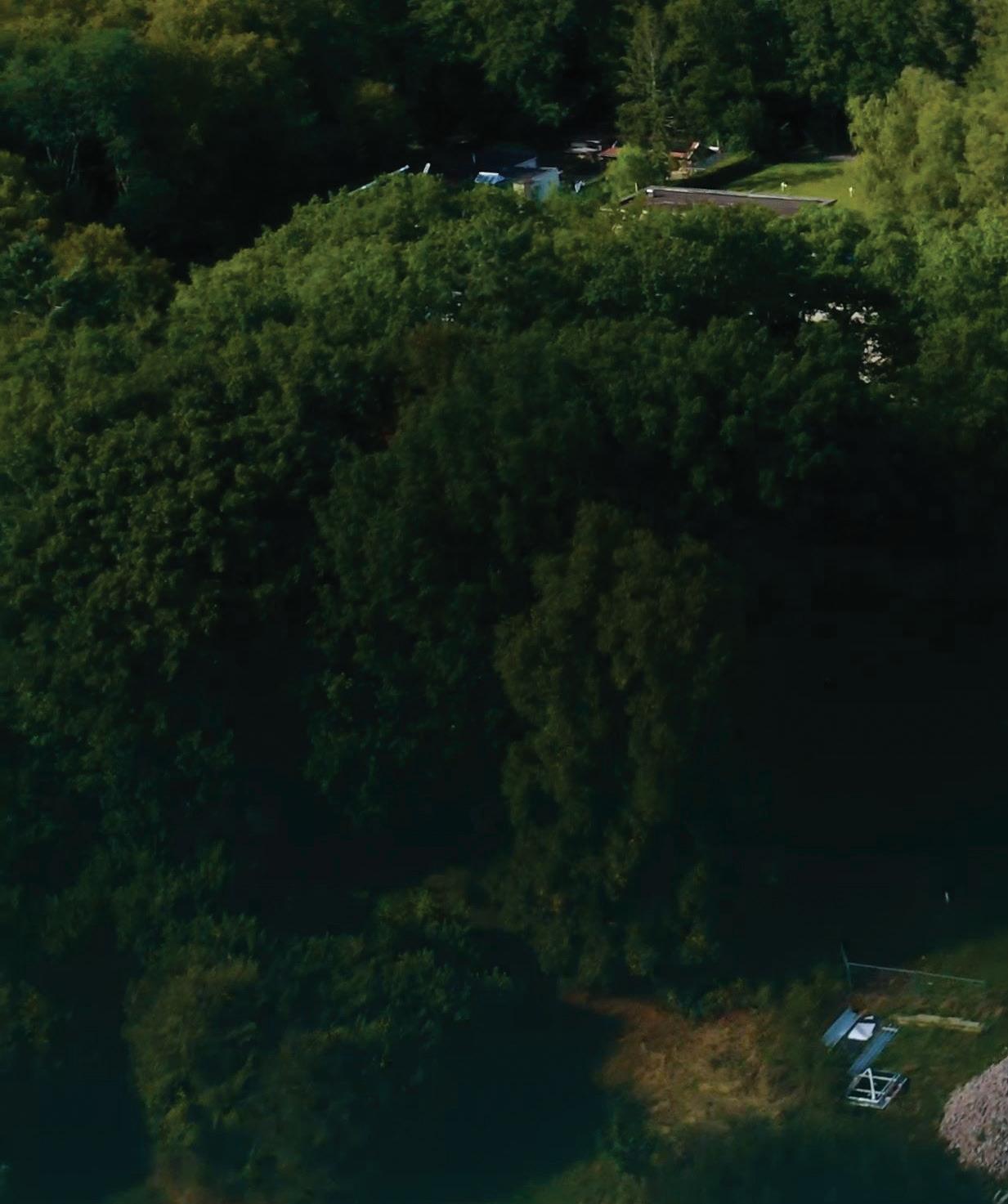
"Iv and Vitens have worked for years in the design phase on expanding and upgrading the Boerhaar and Diepenveen sites. A drinking water production company is quite complex in terms of installations. This project is extra challenging because adjustments are being made to an existing installation that must remain operational throughout the work. For this purpose, Iv designed, among other things, four new extraction wells, the connecting pipework, a completely new aeration building, an extension to the existing RO (Reverse Osmosis) building, a new energy building, a pre-filtration facility and a modification to the clear water reservoir", says Guido van der Wedden, project manager at Iv.
Patrick Koenjer, senior engineer at Vitens, says: "The collaboration with Iv was mainly in the preliminary phase. Iv considered all the various disciplines during
the engineering process. What would happen if we adjusted a component? What would the consequences be for the other systems? This coherence was continuously monitored to ensure nothing was overlooked from a technical perspective."
Guido: "Our colleagues found it extremely valuable to combine the practical knowledge that Vitens employees have of the installations with our design expertise and experience working on projects for other drinking water companies. Teams can achieve much more by working together collaboratively rather than in the traditional client-contractor manner." ●
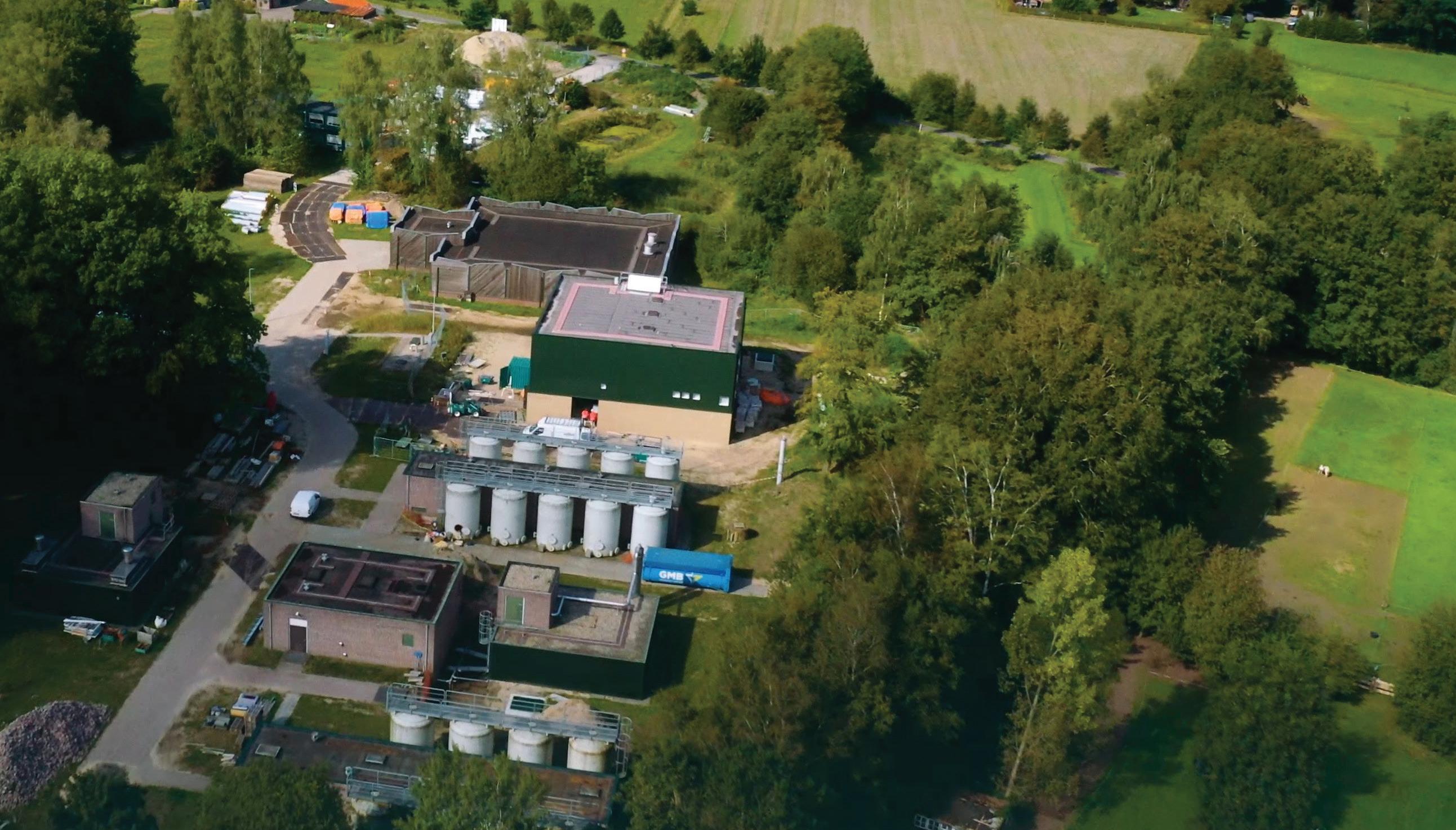
Rick van der Meijs talks about his work at Iv Complex projects and opportunities
As a young boy, Rick van der Meijs (33) dreamed of becoming the director of Feyenoord Rotterdam. Life, however, took a different turn because Rick is now a senior project leader/head of projects for the Hydraulic Engineering sector at engineering company Iv. Rick and his colleagues devise solutions for complex infrastructure projects - from integral designs for dike reinforcements to the design and renovation of locks, including high-quality structural calculations for storm surge barriers. Each and every project has unique technical challenges.
In 2015, Rick completed his graduation assignment at Iv. He says: "Iv can be considered a specialist in every market. It was precisely this diversity and technical challenge that convinced me to come and work here after graduating. It offers many opportunities, and I can contribute to solutions that genuinely benefit society."
Involved in all phases of a project
Rick: "I have been working at Iv for ten years now and am still happy that I chose to continue working here
after graduating. Every project is challenging, and you learn a lot from the responsibility you are given as a young engineer. The projects are complex, so the bar is set high. But at the same time, engineers can develop their knowledge and talents optimally while receiving excellent guidance."
Rick also finds it very educational that Iv can carry out the entire life cycle of a project. "At the beginning of projects, Iv conducts in-depth research into complex
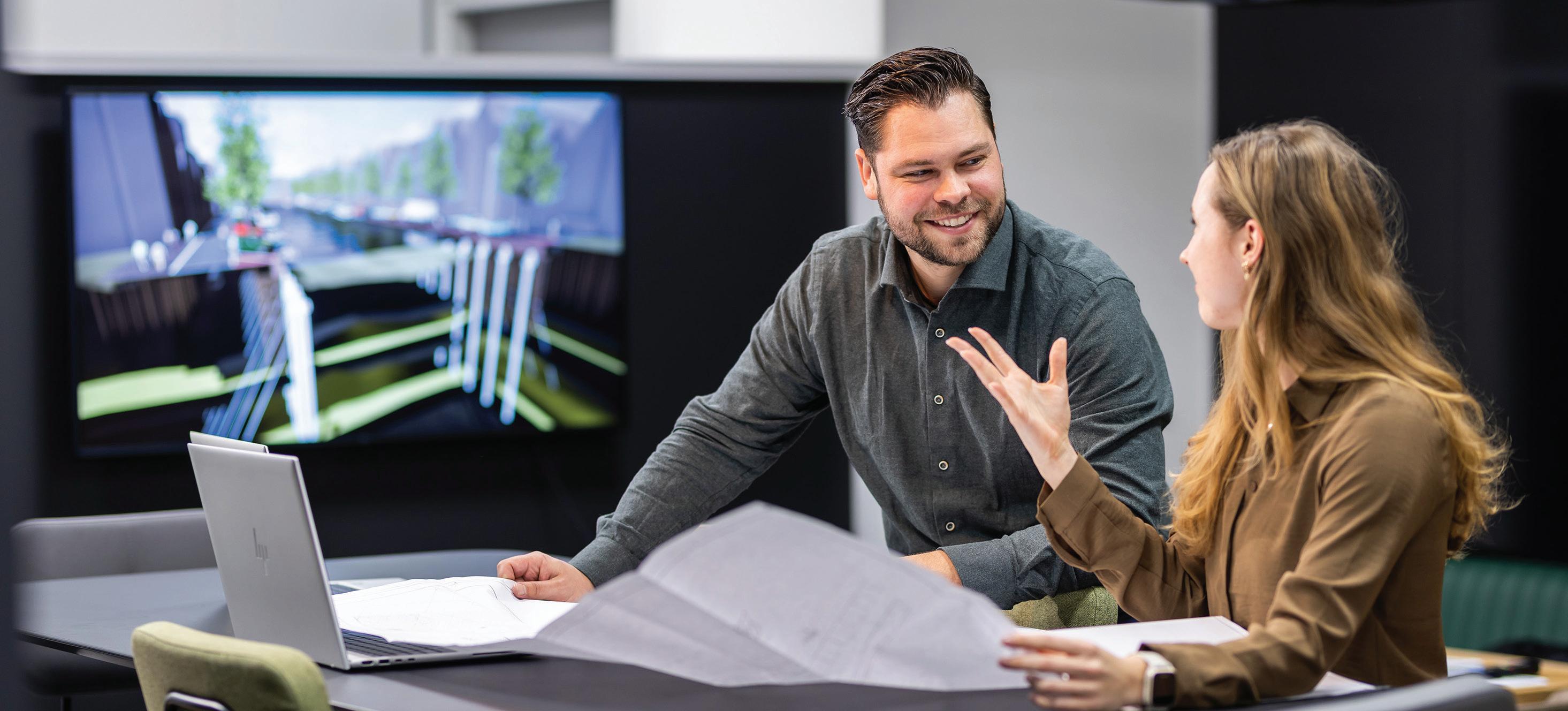
issues. Once the project becomes more concrete and things need to be realised, we create integral designs that combine knowledge from various disciplines. Iv is also often involved during the implementation. Seeing your own designs come to life is fantastic, and it enables you to verify that what you created and designed does what it is supposed to do in practice. If adjustments are needed, it is important to understand why because you can apply that knowledge to new projects. I believe engineers should never stop learning."
Every project is challenging, and you learn a lot from the responsibility you are given as a young engineer.
Rick's most challenging project
For two years now, Rick has not only been a senior project manager, but he also fulfils the role of head of projects for the Hydraulic Engineering sector. "This opportunity arose from a development review, during which I indicated I needed to be challenged more. I wanted to help steer our sector towards further professionalising how we manage our projects and project acquisition, and I was given that opportunity. It essentially means that my sector head hands over specific tasks to me, allowing me to grow further. In my role as head of projects, I now also guide young project leaders, which is a lot of fun but also challenging. I myself am still quite young and learn something new daily", says Rick.
One of the most educational projects he has worked on in recent years was the improvement of the Molenkade quayside in Groot-Ammers. "That was a complex project", he says. "The dike had to be raised, but we had to work around the monumental windmills that under no circumstances could be allowed to sustain
any damage. The subsoil was incredibly soft, and a crucial water pipe ran through the area and could only be moved a few millimetres at the most. Because if that pipe were to burst, the consequences would be unimaginable."
Challenge after challenge
The challenges piled up for Rick and his colleagues. "Sheet pile walls very close to the monumental windmills were needed to strengthen the flood defences, while at the same time, a lot of heavy equipment was required due to the situation there. That, in combination with the soft subsoil, presented major challenges. To stabilise the dike, the ditch directly behind the dike was filled in. Then, we had to construct a new ditch to ensure drainage from the polder to the pumping station. Road construction was also part of the project because a new bicycle lane had to be built over the dike. And in the meantime, the windmills had to keep turning. It was a real puzzle."
I was only a young engineer and I sat opposite very experienced clients and
stakeholders.
Rick was well aware of this in advance. He says, "I felt like I was 1-0 behind at the beginning of this project. I was only in my twenties; it was my first project, and I sat opposite very experienced clients and stakeholders. The fact that they took me seriously gave me a lot of confidence. But still, the project had its ups and downs. We managed to bring it to a successful completion through many open conversations and continuing to work together and communicate constructively. In addition, my colleagues at Iv provided a great deal of support and trust. In retrospect, I realise it taught me much about project management, responsibility, and trust."
An internal growth trajectory
Rick also learned a lot about himself during the quayside project. "My most important lesson was not to want to do everything myself", he says. "I have the tendency to quickly take over tasks from others. While as a project leader and senior, it is important to give others responsibility and trust their expertise. It is sometimes difficult to let go, but I have noticed that the final result is often better when others are given more space."
An internal development programme provided me with the tools to better manage the increased responsibility in my role.
Iv pays a lot of attention to the development of employees and offers, among other things, a special internal trajectory for employees who want to grow in their careers. Rick took part in this. "I learned to recognise my pitfalls and to deal better with work pressure and prioritisation. In this trajectory, I was assigned a coach, the managing director of one of the other divisions, to whom I could always turn for advice. It provided me with the tools I needed to manage the increased responsibility of my position. I have since been able to maintain a clearer focus on the goal I want to achieve."
Impressive
drawings and calculations
Does Rick see himself as a typical engineer? "I don't think they exist", he says. "In our profession, you have people who only focus on the technical side, who make impressive drawings and calculations. But you also have people who enable projects to run smoothly, stimulate collaboration, and manage client
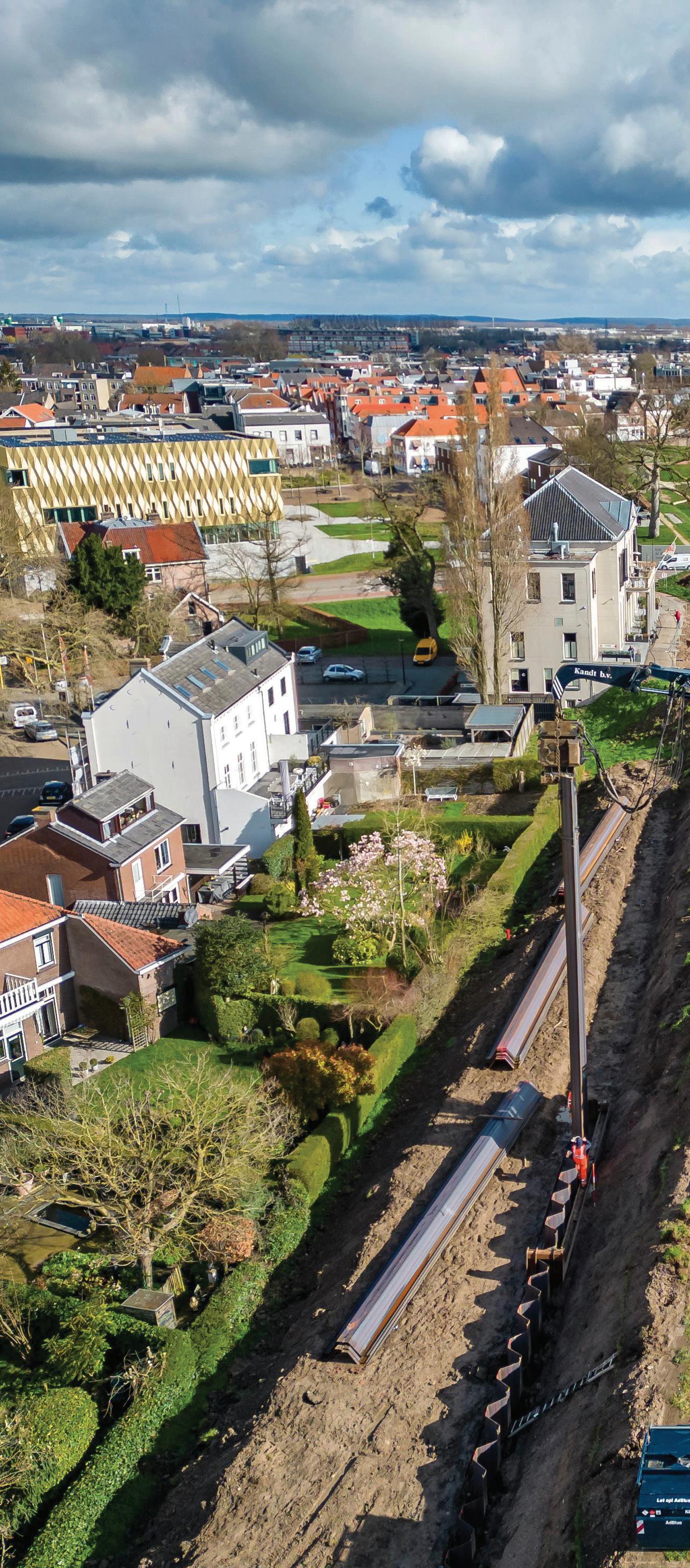
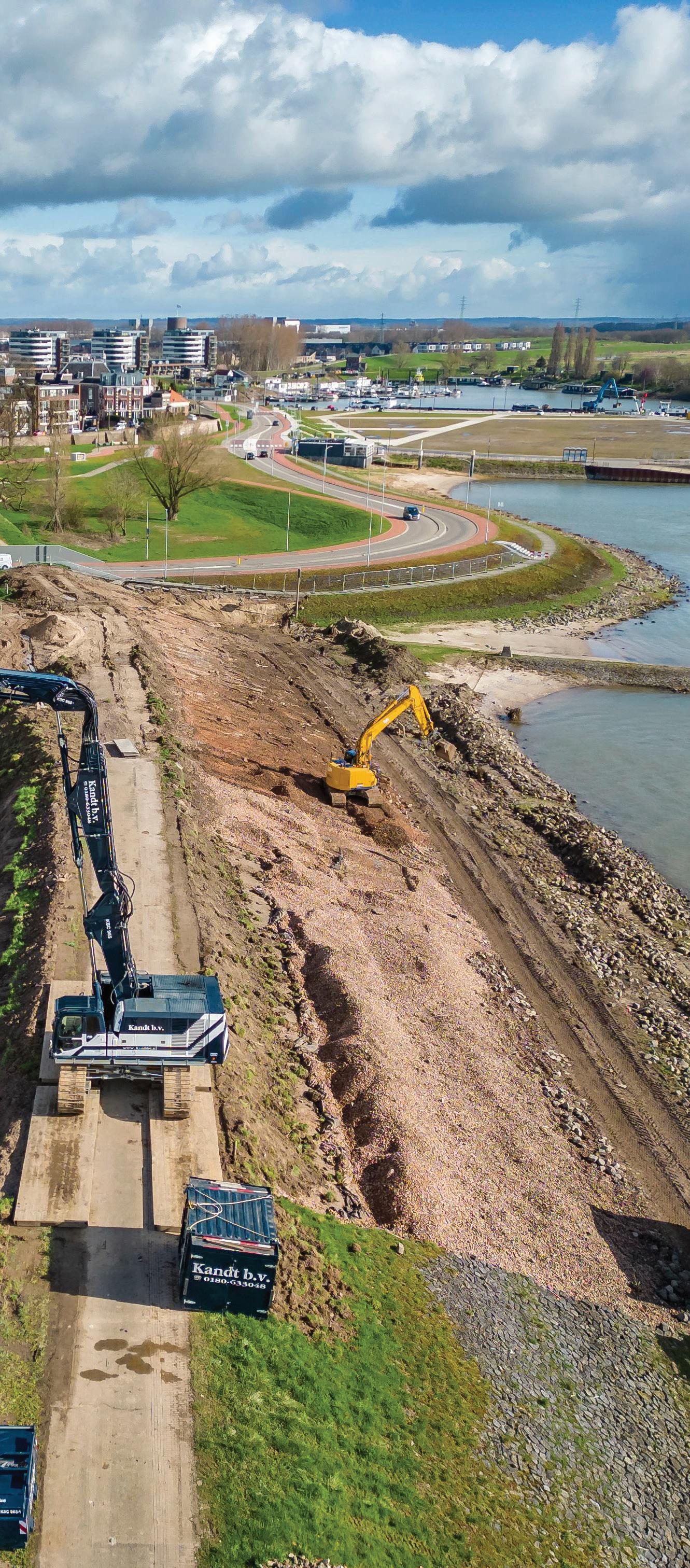
expectations. I fall more into the latter category. My strength lies in project-based work, maintaining an overview and ensuring everyone is on the same page at the right time."
Engineers have a natural drive to be involved from the initial idea all the way through to final delivery.
Rick sees it as his job to guide clients through what they can expect to make the project successful and help them achieve their goals. "I often help our clients gain a clear understanding of their needs. I act as a sparring partner, providing direction on the steps to be taken: what can they expect in this project, which steps are necessary, what are the risks, and what challenges do we need to tackle together? This kind of guidance is just as important for the success of a project as the technical part." Despite that, he does recognise a common characteristic among engineers. "We all want to be involved from the first idea to the final delivery. Seeing a structure you designed on paper come to life during its implementation is fantastic."
The next ten years
And what about that dream of becoming the director of Feyenoord Rotterdam? Rick laughs: "It doesn't always go well there, does it? They could use some help. But I'm happy at Iv. There are enough challenges and opportunities within Iv in the coming years to grow further. It's an organisation that helps me to realise my ambitions." ●
